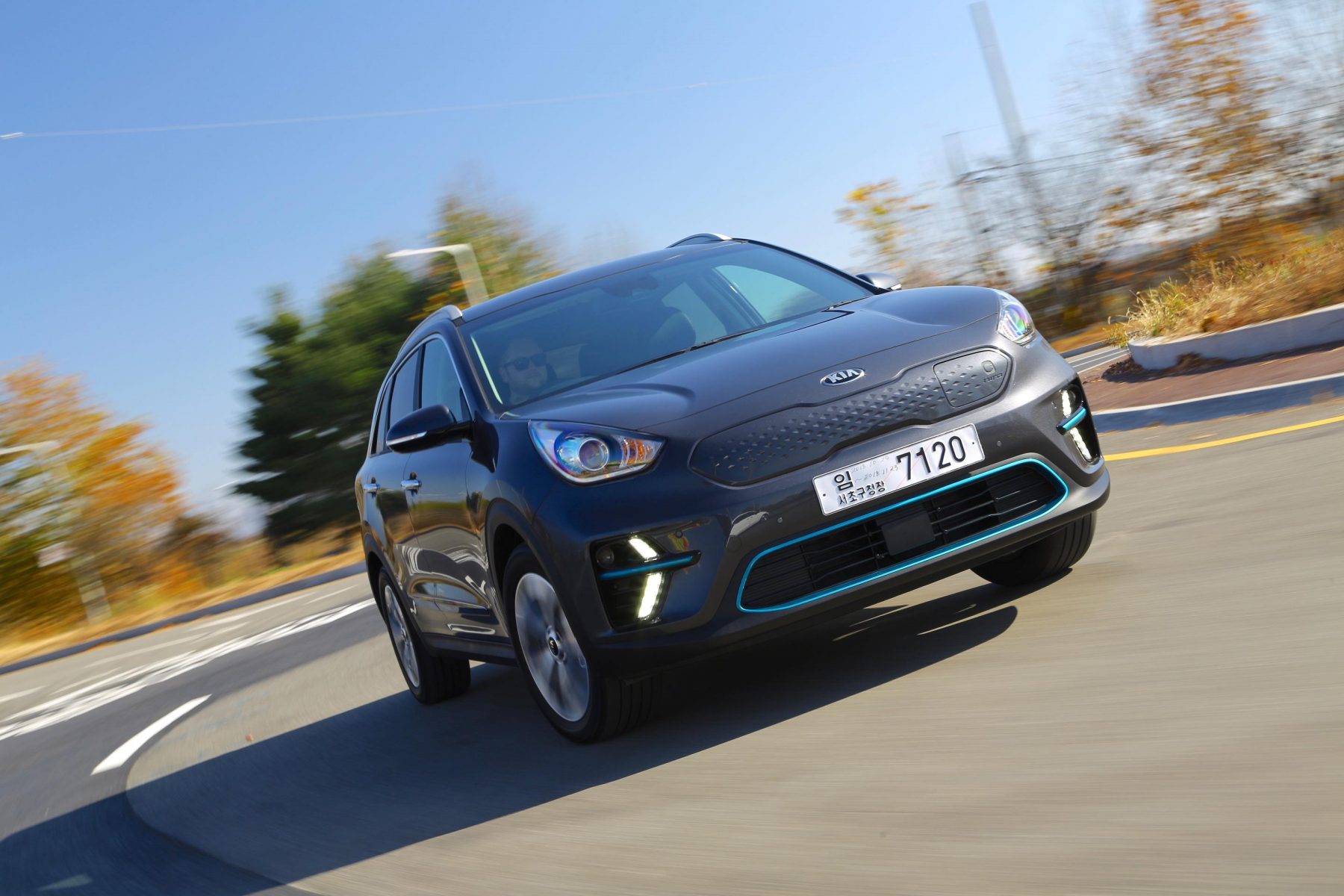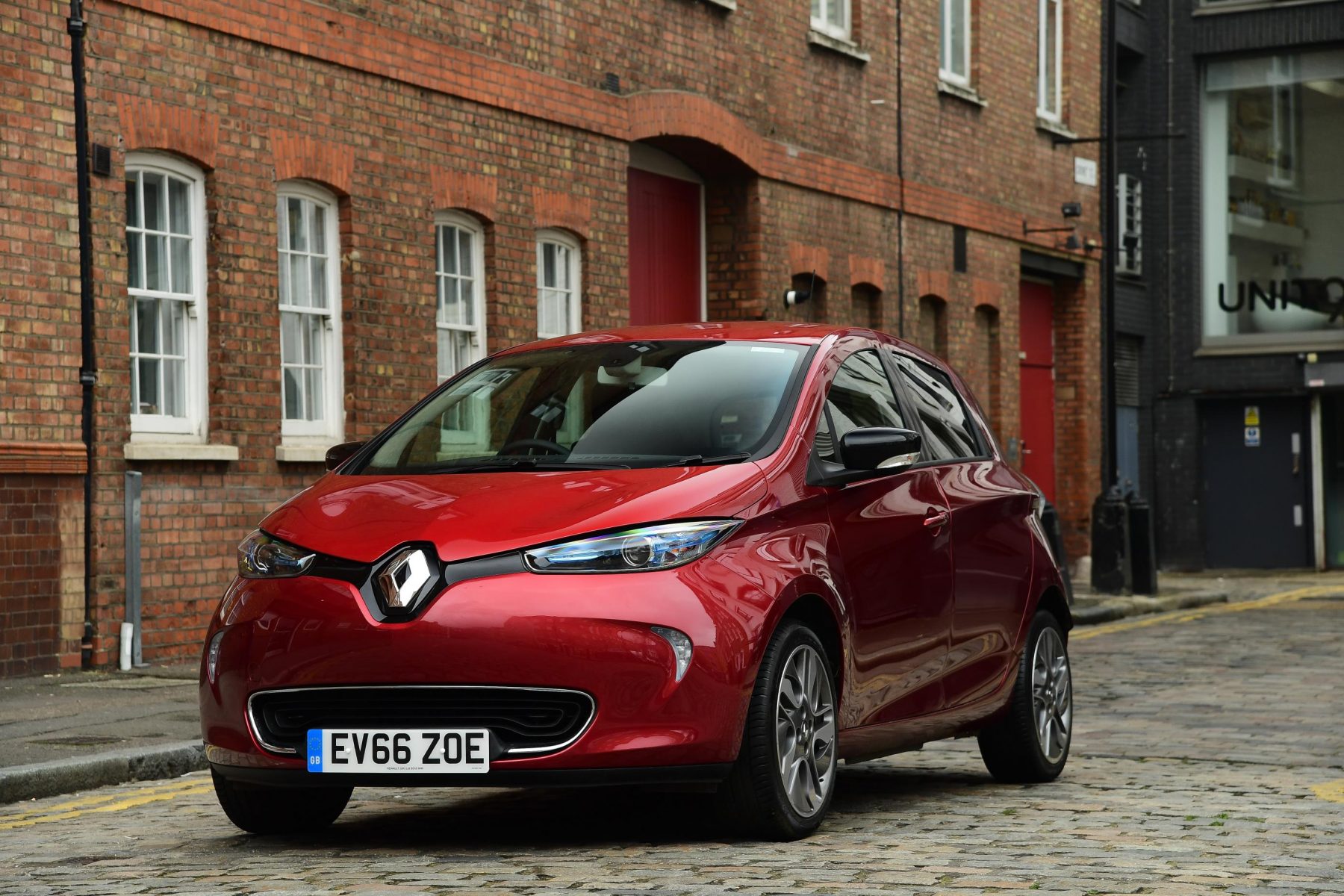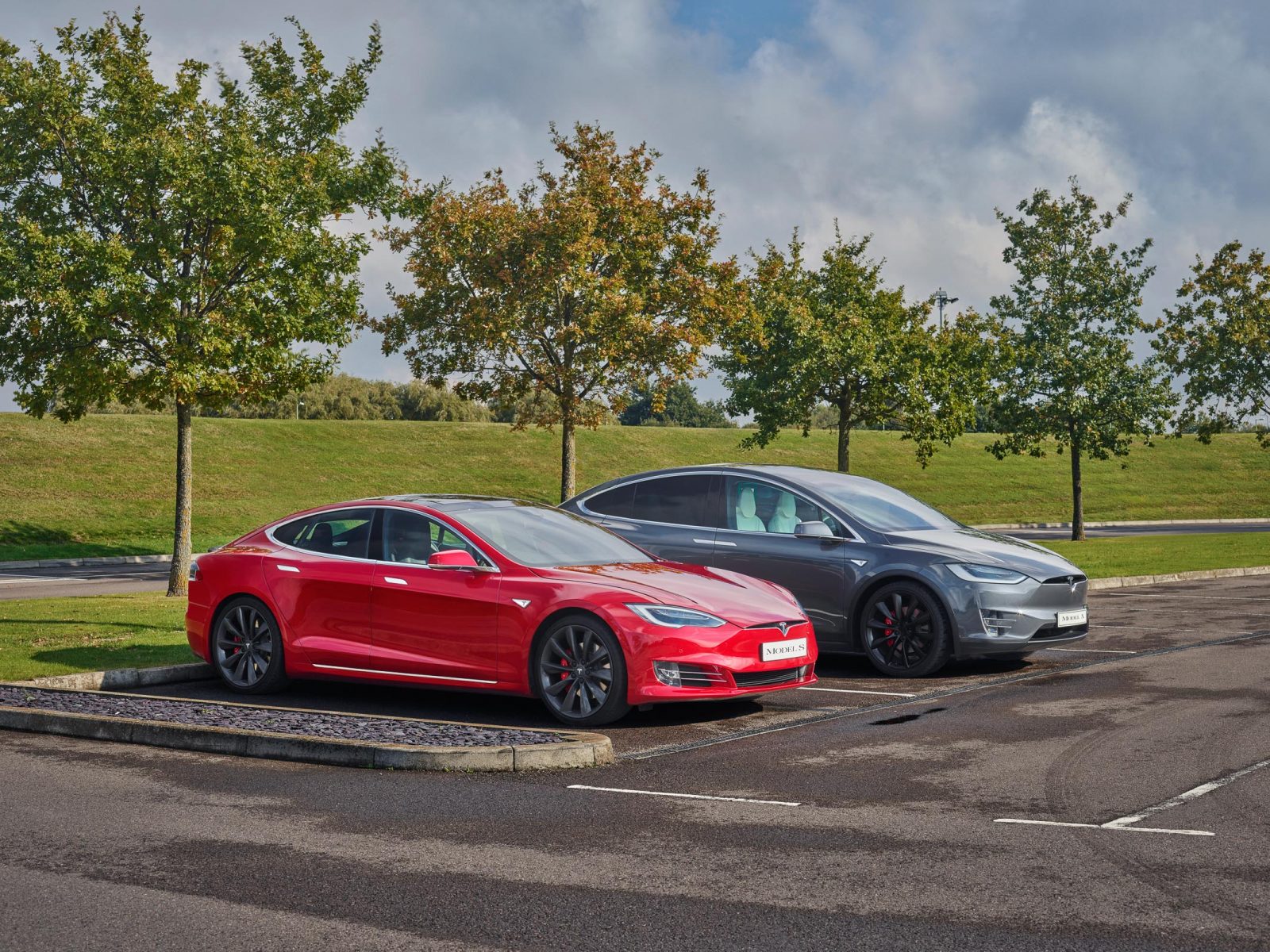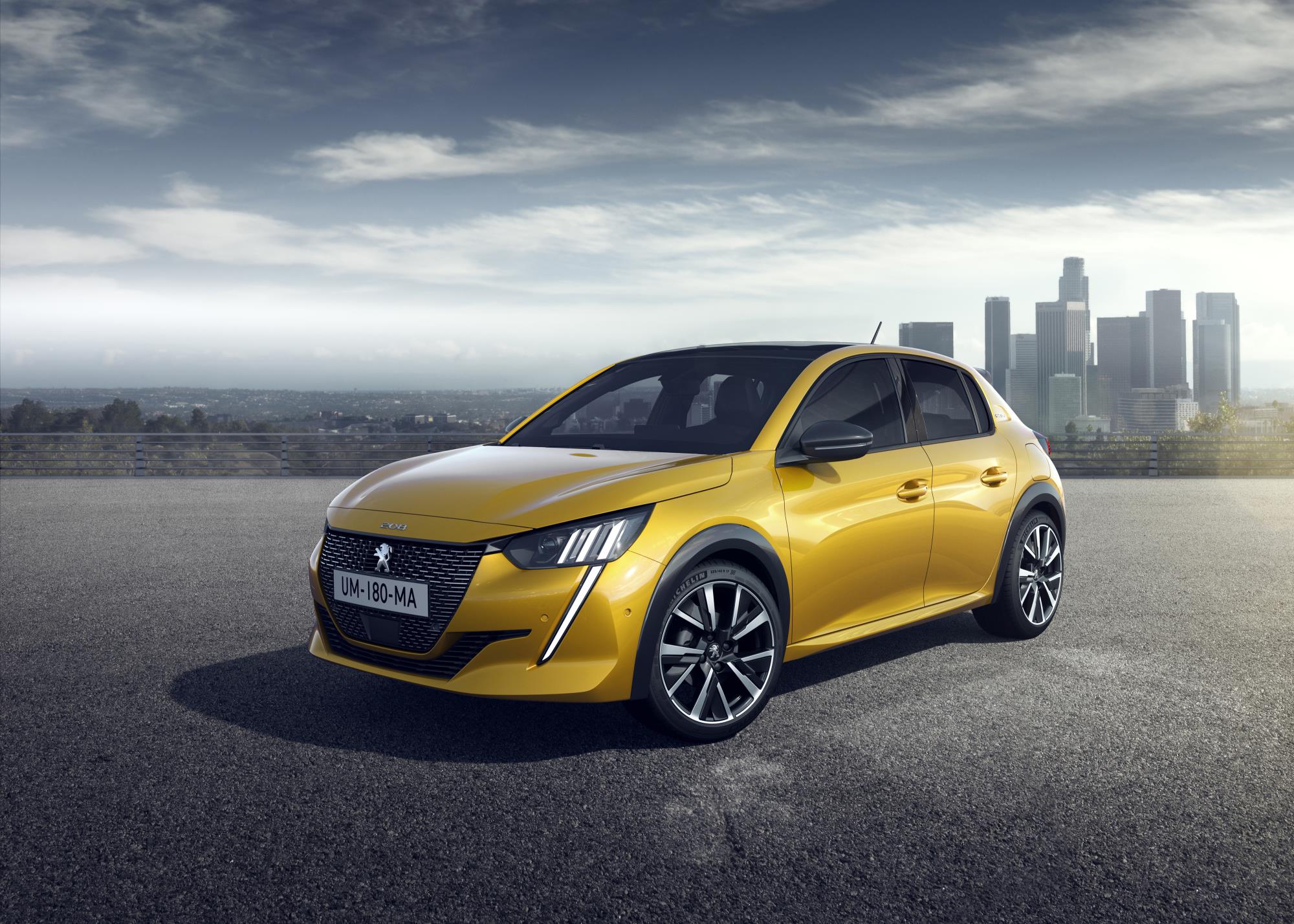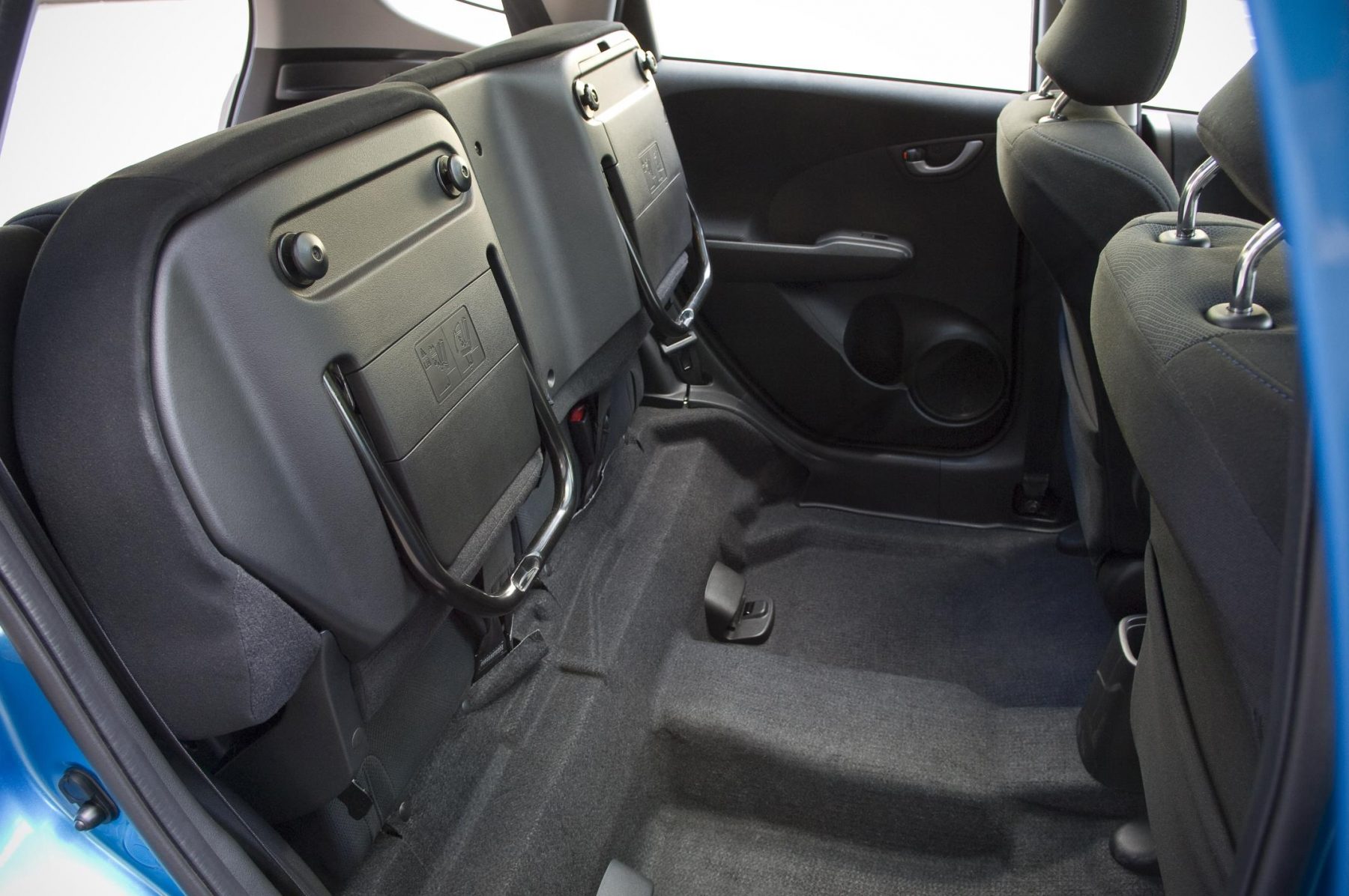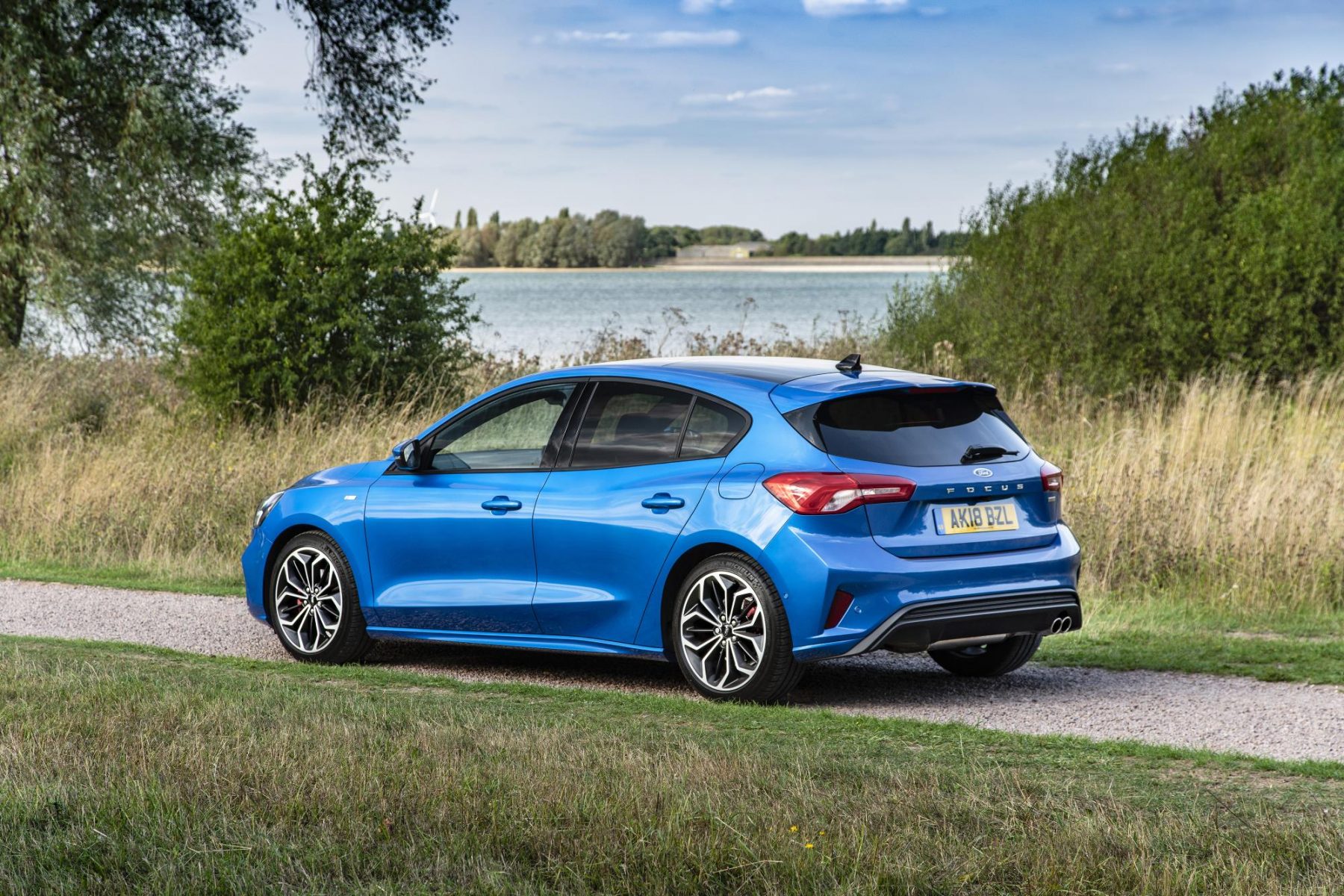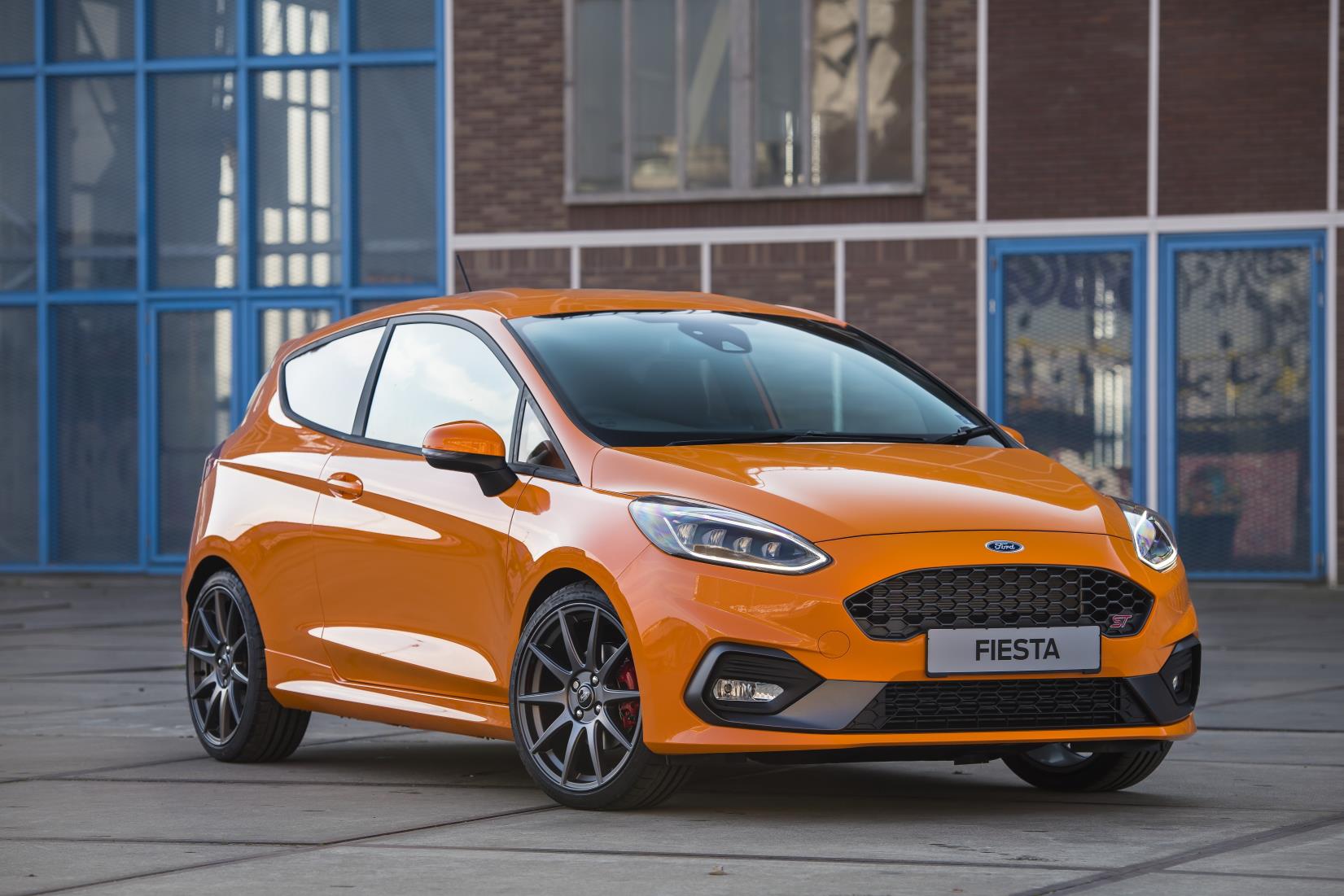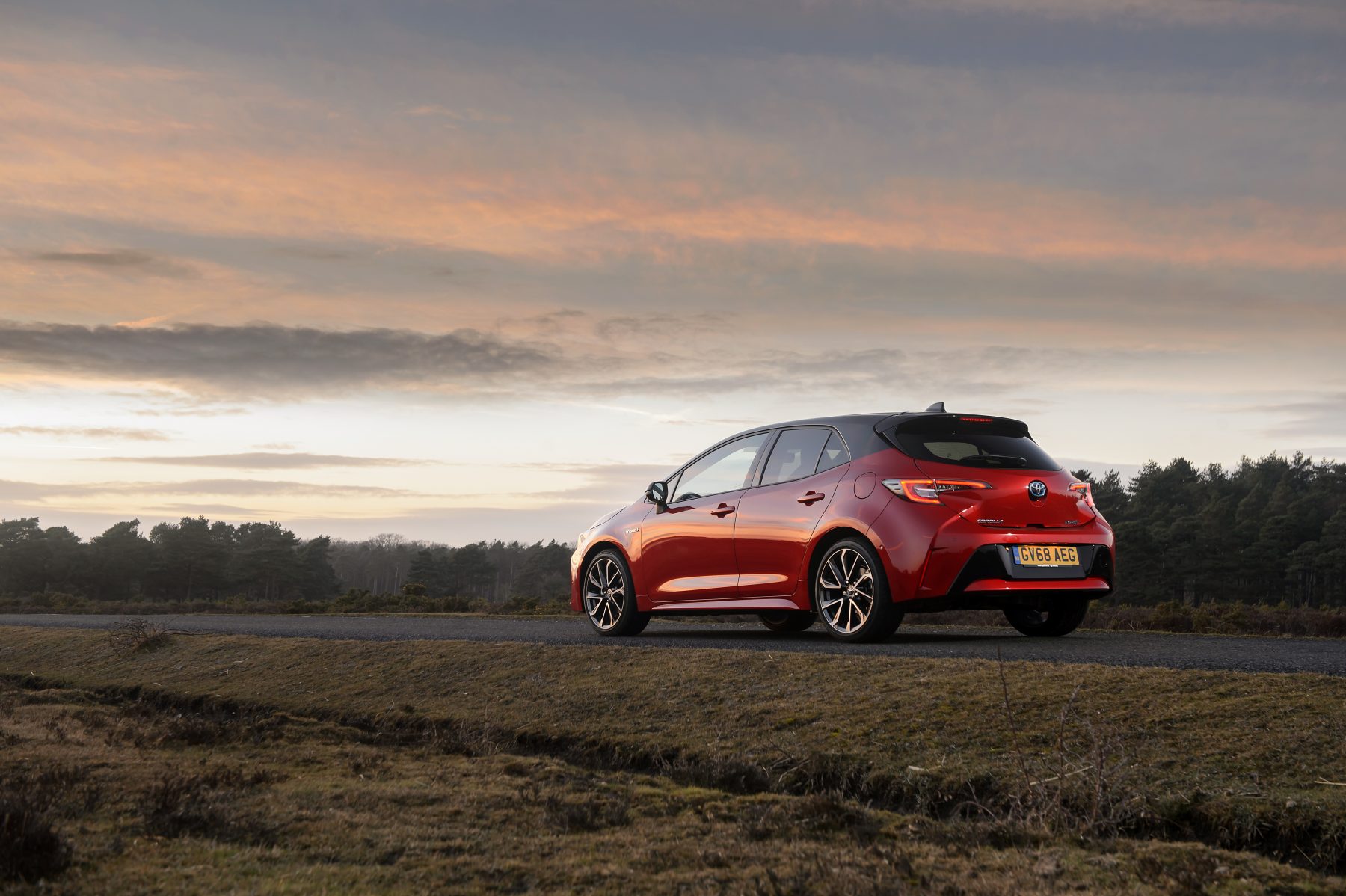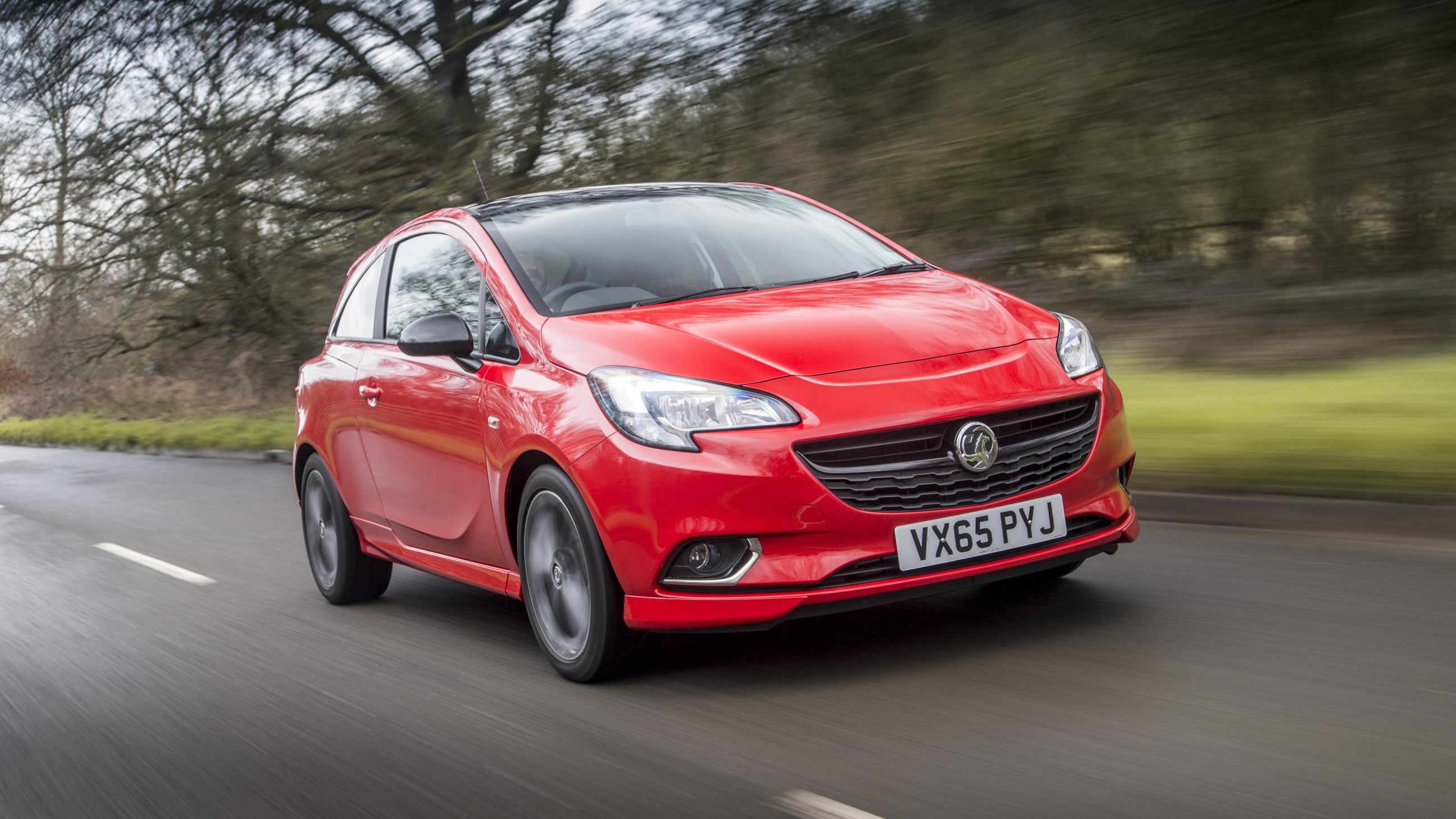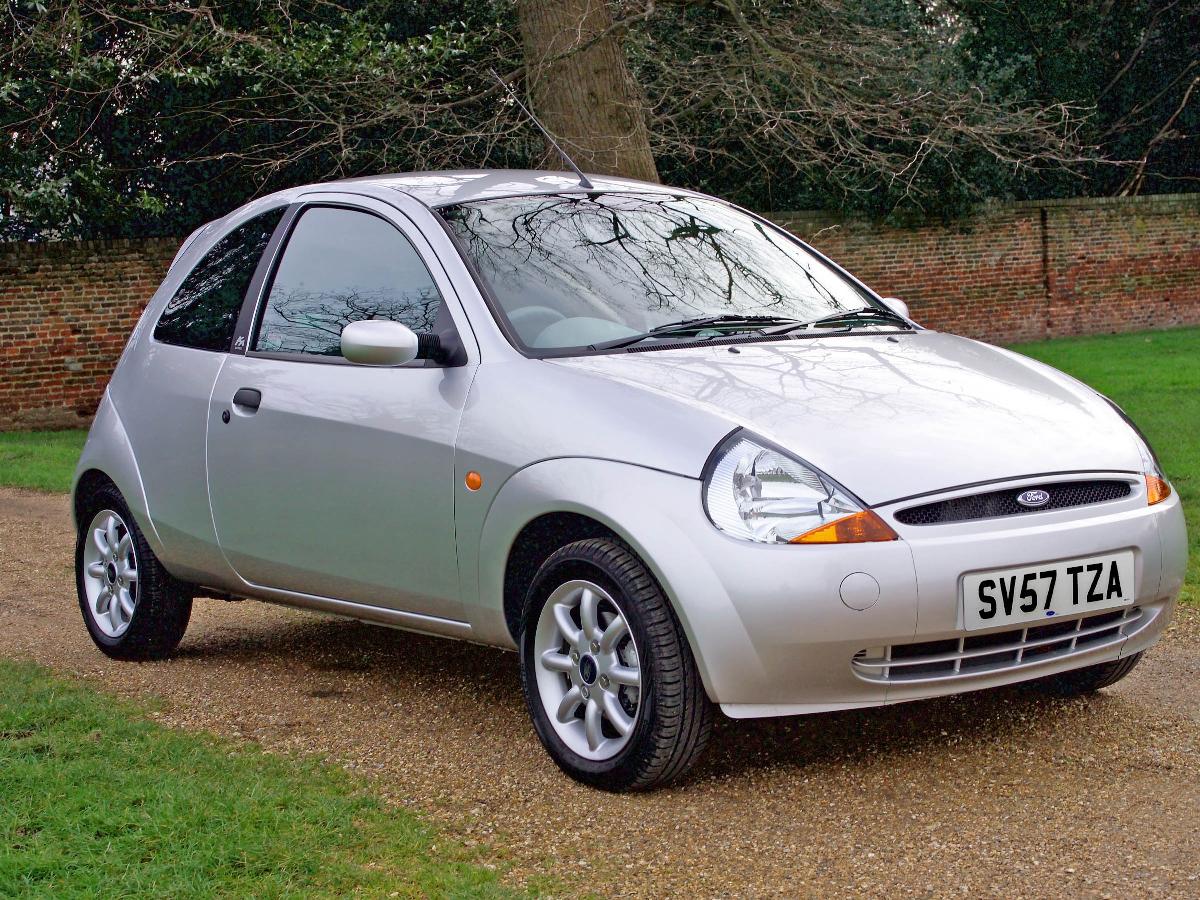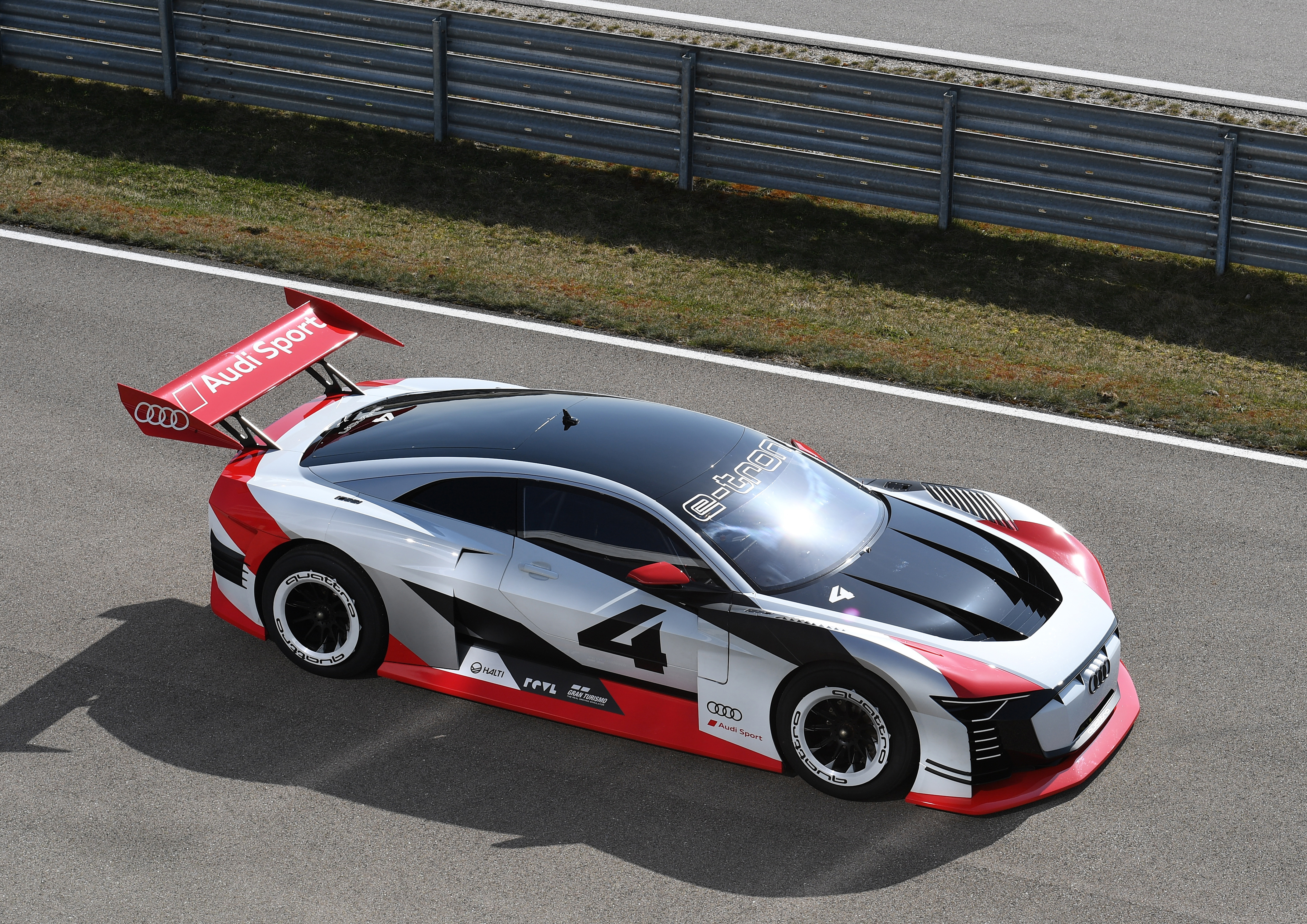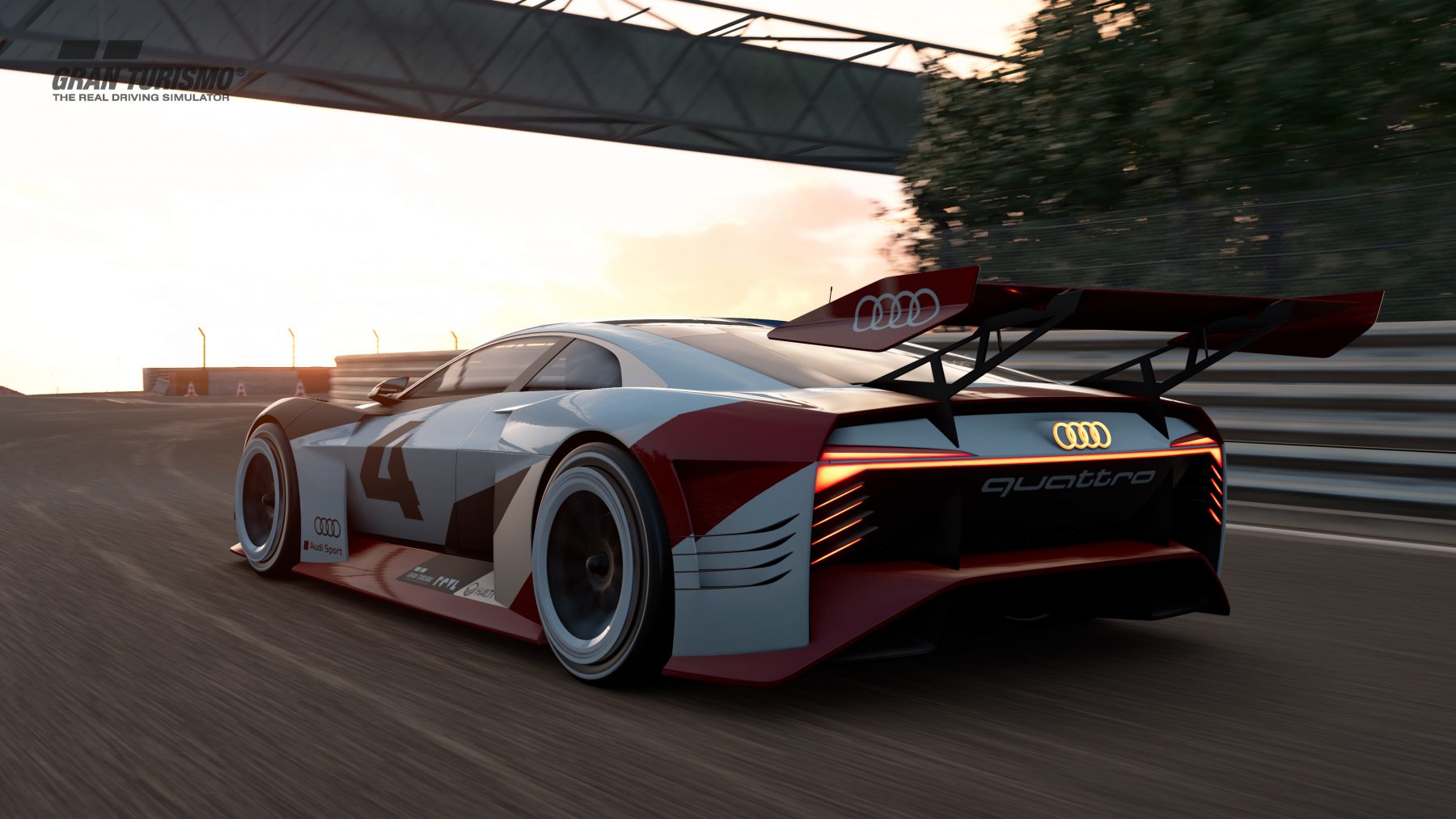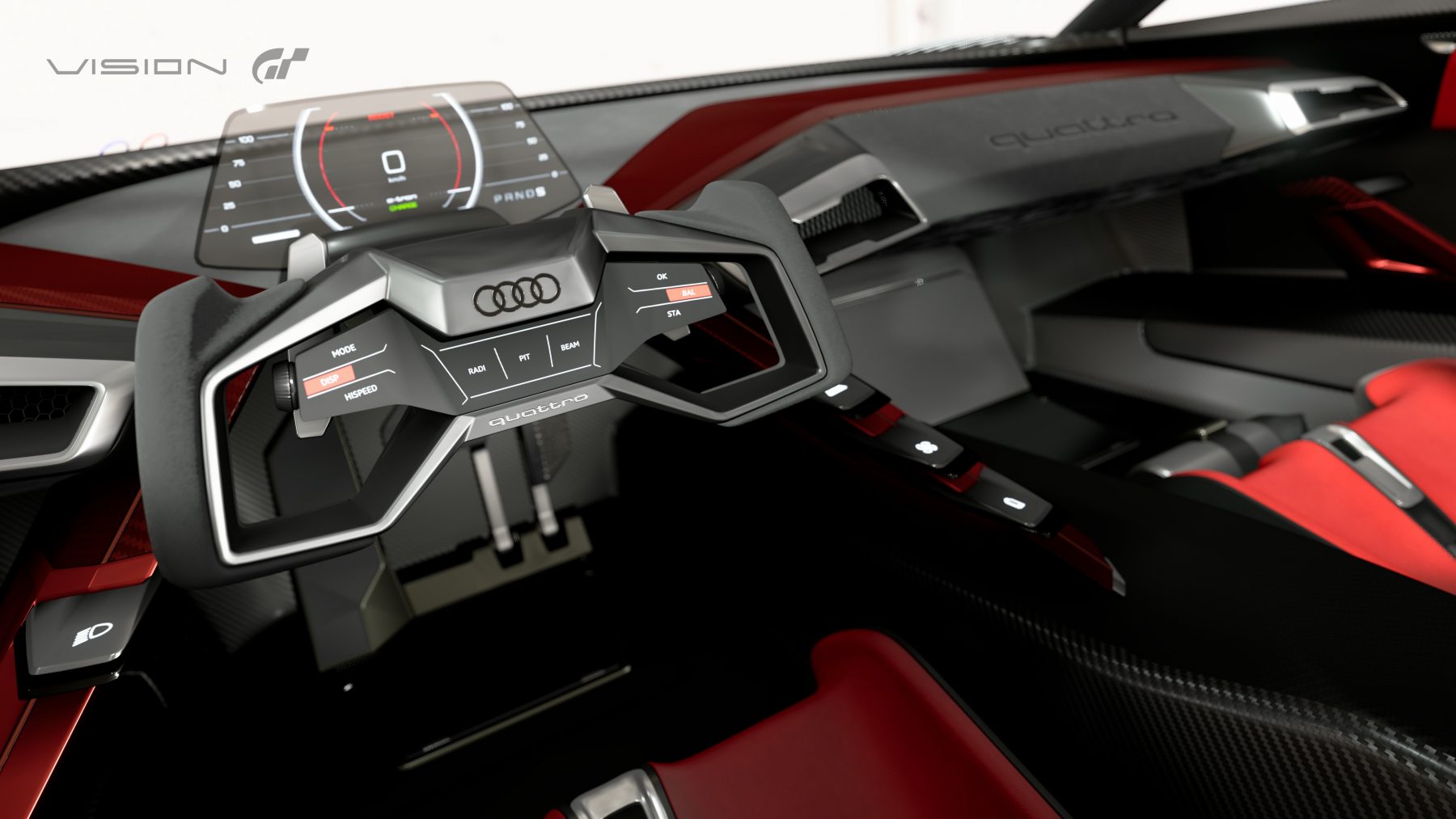Electric vehicle uptake is on the rise. Latest figures from industry body the Society of Motor Manufacturers and Traders show that in the first six months of 2019, sales of all-electric vehicles were up more than 60 per cent on the same period last year.
That’s still just a 1.1 per cent market share, but with more manufacturers adding pure EVs to their ranges all the time, and consumer confidence constantly improving, that number is set to skyrocket.
So if you’re one of those people looking for an EV for your next car, but want to take safety considerations into account, we’ve got you covered. Of the electric and hybrid vehicles tested since the start of 2018, all have received five stars. Read on to find out what they are…
Tesla Model 3

As usual, Tesla is the standard-bearer for both electric vehicles and general vehicle safety. In recent testing, the Model 3 set a ‘new benchmark’ for safety assistance technology, receiving 94 per cent in this category.
The all-electric family car and BMW 3 Series rival also scored a hugely impressive 96 per cent for adult occupant safety.
Order now and you could be waiting a while, as the first UK customers only received their cars recently. However, it’d be worth the wait, with a spacious cabin, high range options and impressive performance.
Toyota Corolla

The best-selling badge in the history of cars is back with a new model, and while it has traditionally been considered pretty dull, this new one looks great. It’s offered in petrol-electric hybrid form, with the only real downside being the CVT gearbox. Get past that, and it’s a handsome, economical and good-to-drive hatchback.
It’s safe, too, getting high marks for adult occupant and pedestrian safety. Its scores for child safety and driver aids were bang on average among the electrified vehicles tested so far.
Honda CR-V
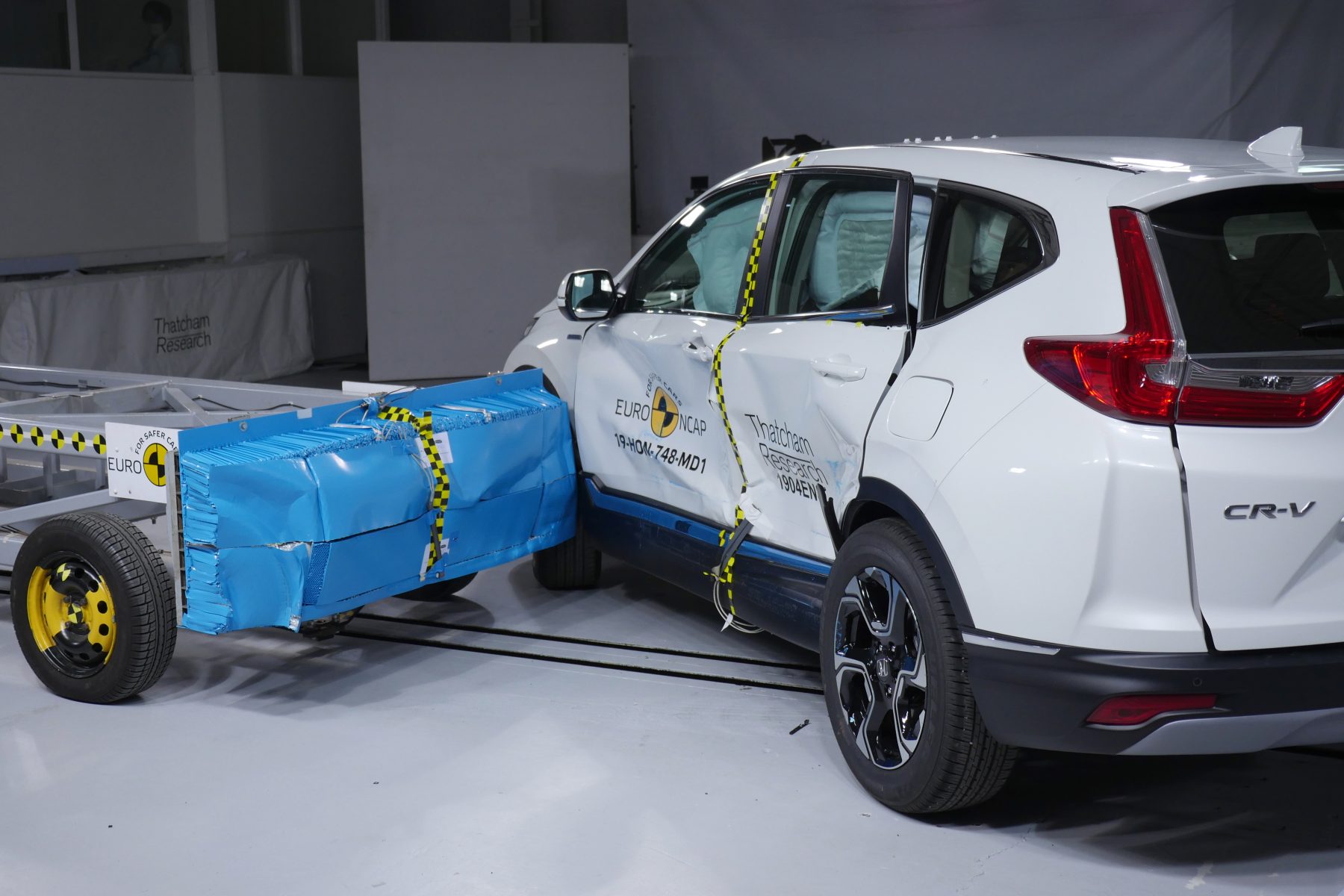
The Honda CR-V is another petrol-electric hybrid, but this one’s a bit more spacious than the Corolla thanks to its SUV-like shape. It also has a CVT, but this one’s less annoying than the Toyota’s, while build quality is impressive. Perhaps the only negative is that the rear seats aren’t particularly spacious.
However, once you’re squeezed in, you should be pretty safe. The CR-V scored well across the board despite not really standing out in any department – good or bad.
Audi e-tron

Tesla better watch over its shoulder, because the big guns are now entering the electric vehicle market. Here we have Audi’s first EV built from the ground up to be pure-electric, and the biggest compliment you can pay it is that it’s just a very Audi SUV – stylish, practical and well-built.
Like the CR-V, the e-tron doesn’t particularly stand out in any area, scoring well in all categories. However, its child occupancy rating of 85 per cent puts it in the top half of the electrified table, offering peace of mind for families.
Lexus ES
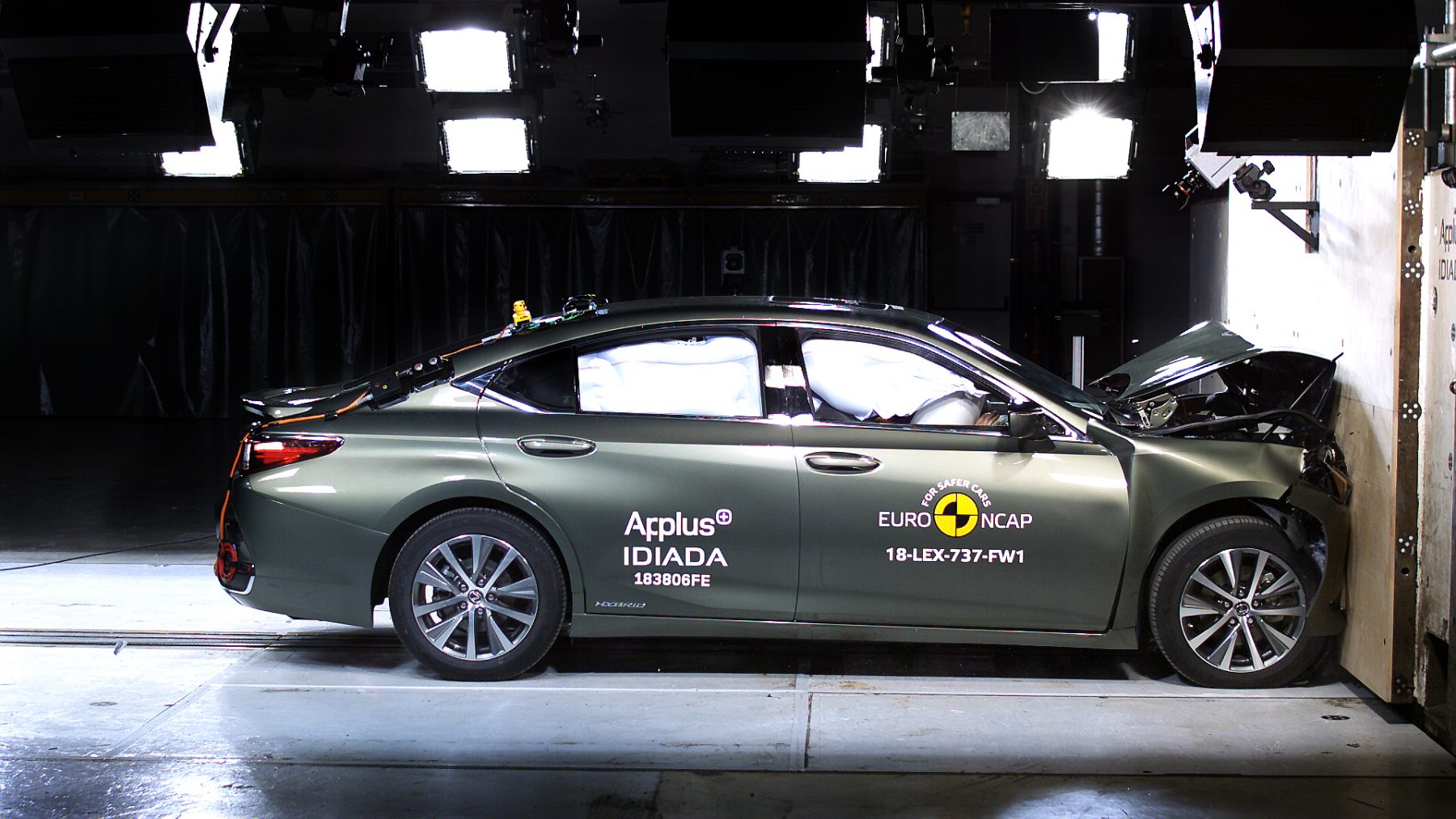
Lexus’ long-standing luxury limousine was updated in 2018, and as you’d expect from a high-end automaker, scored particularly well for safety. While it might sell itself as a quirky, characterful alternative to German rivals such as Mercedes-Benz and Audi, its crash tests prove it takes safety seriously too.
The petrol-electric hybrid earned Euro NCAP’s 2018 ‘best in class’ nod in both the large family car and hybrid and electric classifications. This is thanks in part to it having the highest child and pedestrian safety scores of any vehicle in this list at 87 and 90 per cent respectively, as well as hitting the average for adult safety and driver aids.
Hyundai Nexo
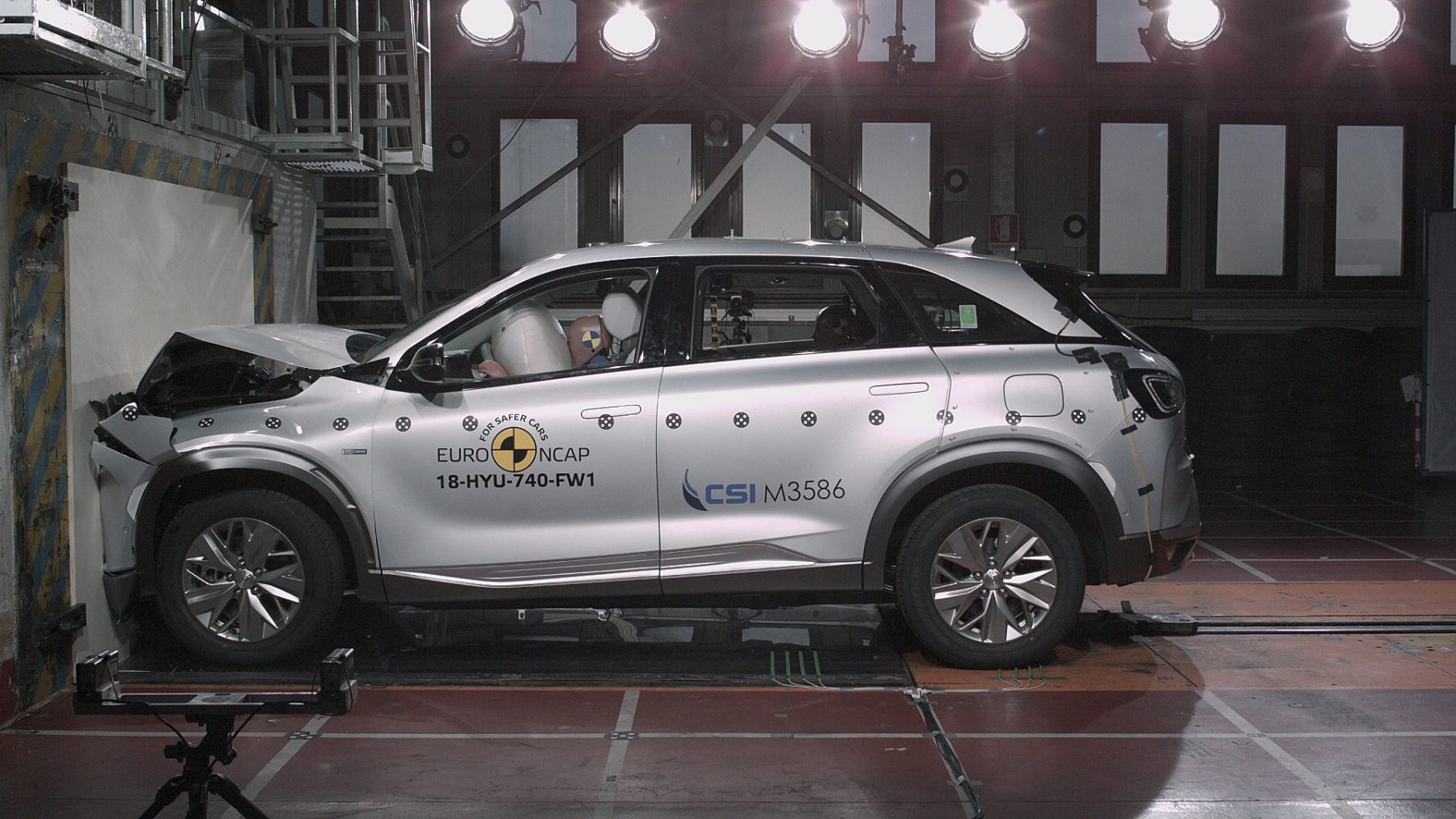
The true alternative option in this list, the Nexo is a hyrdogen-powered vehicle. It’s essentially an electric vehicle that is powered by on-board hydrogen, but despite many people’s concerns about the volatility of the fuel, the South Korean firm has worked hard to keep occupants safe. (Though fuel stations are few and far between in the UK, which is worth bearing in mind.)
It has excellent occupant safety scores, which are rated at 94 per cent for adults and 87 per cent (joint-highest with the ES) for child safety. Its pedestrian safety is by far the weakest here at 67 per cent, but that’s countered by one of the highest safety assistance scores of 80 per cent.
Jaguar I-Pace
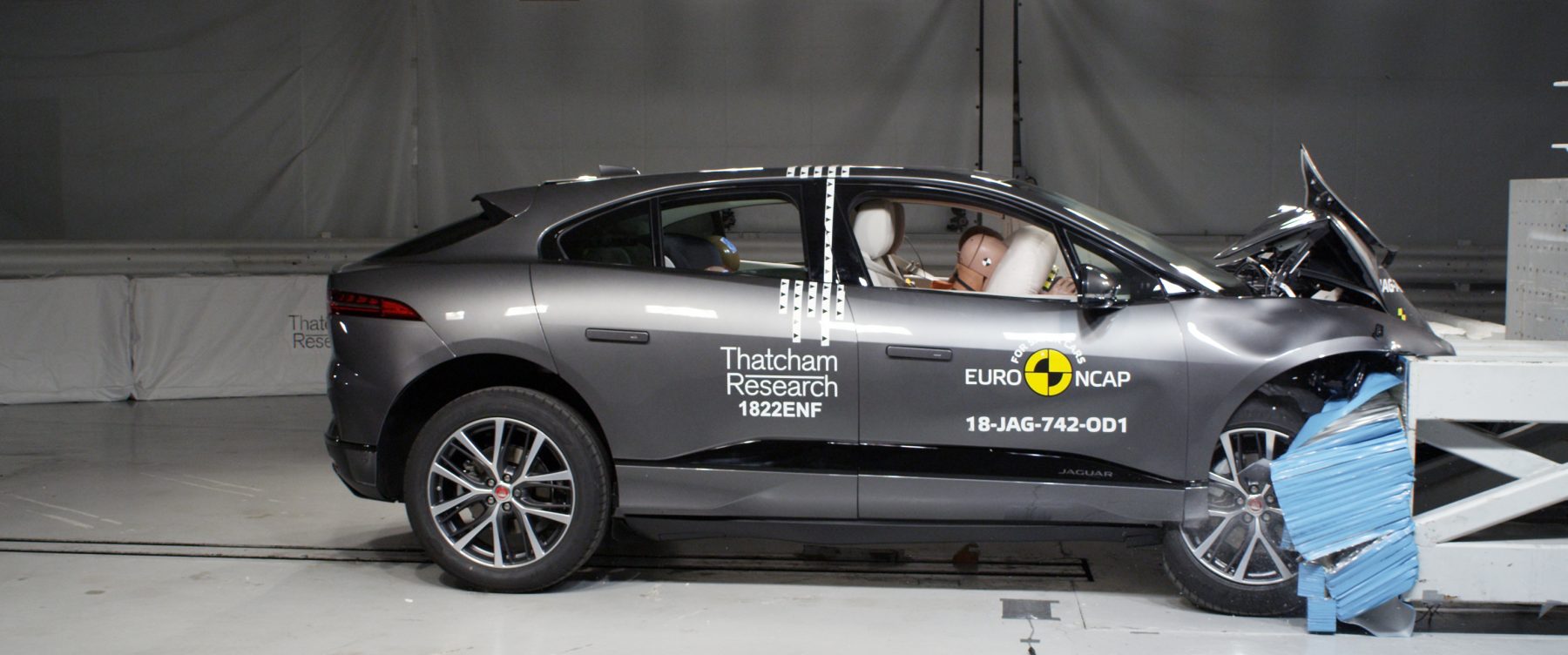
After betting on diesel just before the VW emissions scandal proved catastrophic for black-pump power, Jaguar Land Rover was in real trouble. Fortunately, the I-Pace electric vehicle came along to show the British firm was capable of pivoting its business somewhat to offer a green luxury car that was also desirable.
Again, it’s bang on average for the segment in all categories, but considering it’s received the full five star overall rating, average is a high bar to hit.
Nissan Leaf
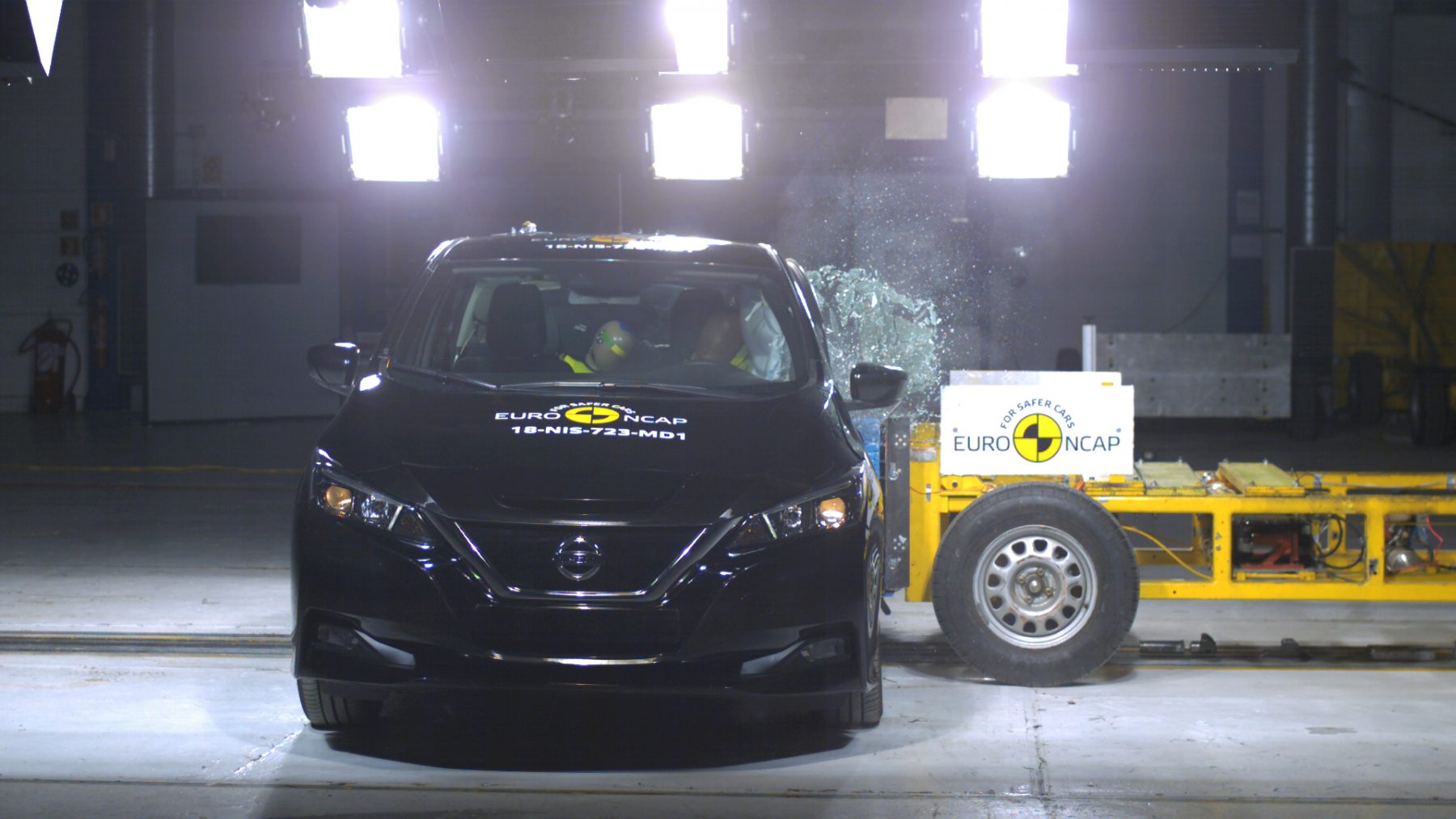
Think electric car and you probably think Nissan Leaf. It’s been the best-selling electric vehicle for years and in its latest form is quite the looker. A new model has recently been released with more power and more range at 239 miles. It’s also the ideal size for families, with its only real downside being cost – that high range model starts at about £36,000.
However, when it comes to safety, you get your money’s worth. The Leaf scores a hugely impressive 93 and 86 per cent for adult and child occupant safety respectively, with a decent if unremarkable score of 71 per cent in both the pedestrian and safety assistance sections.


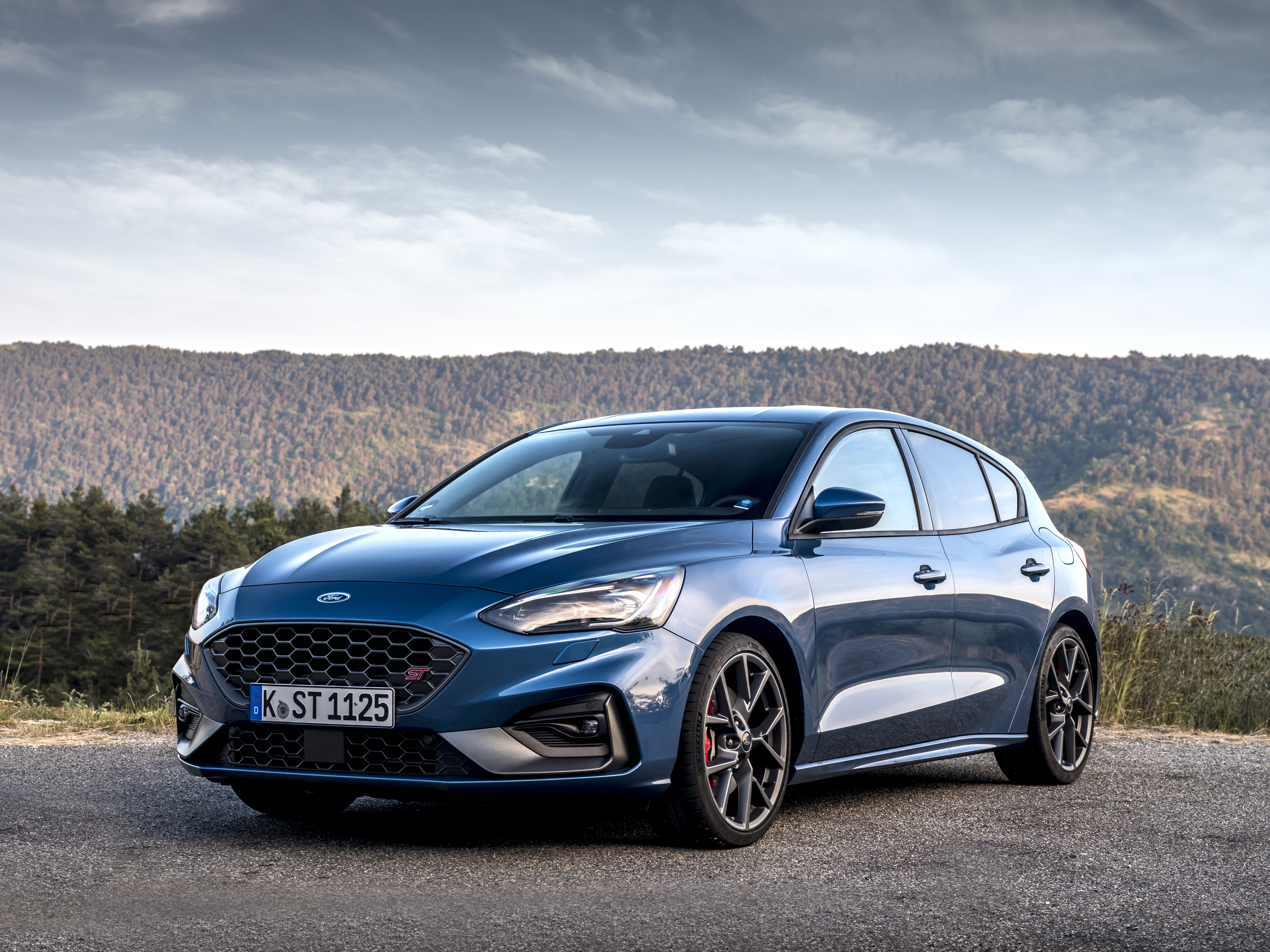
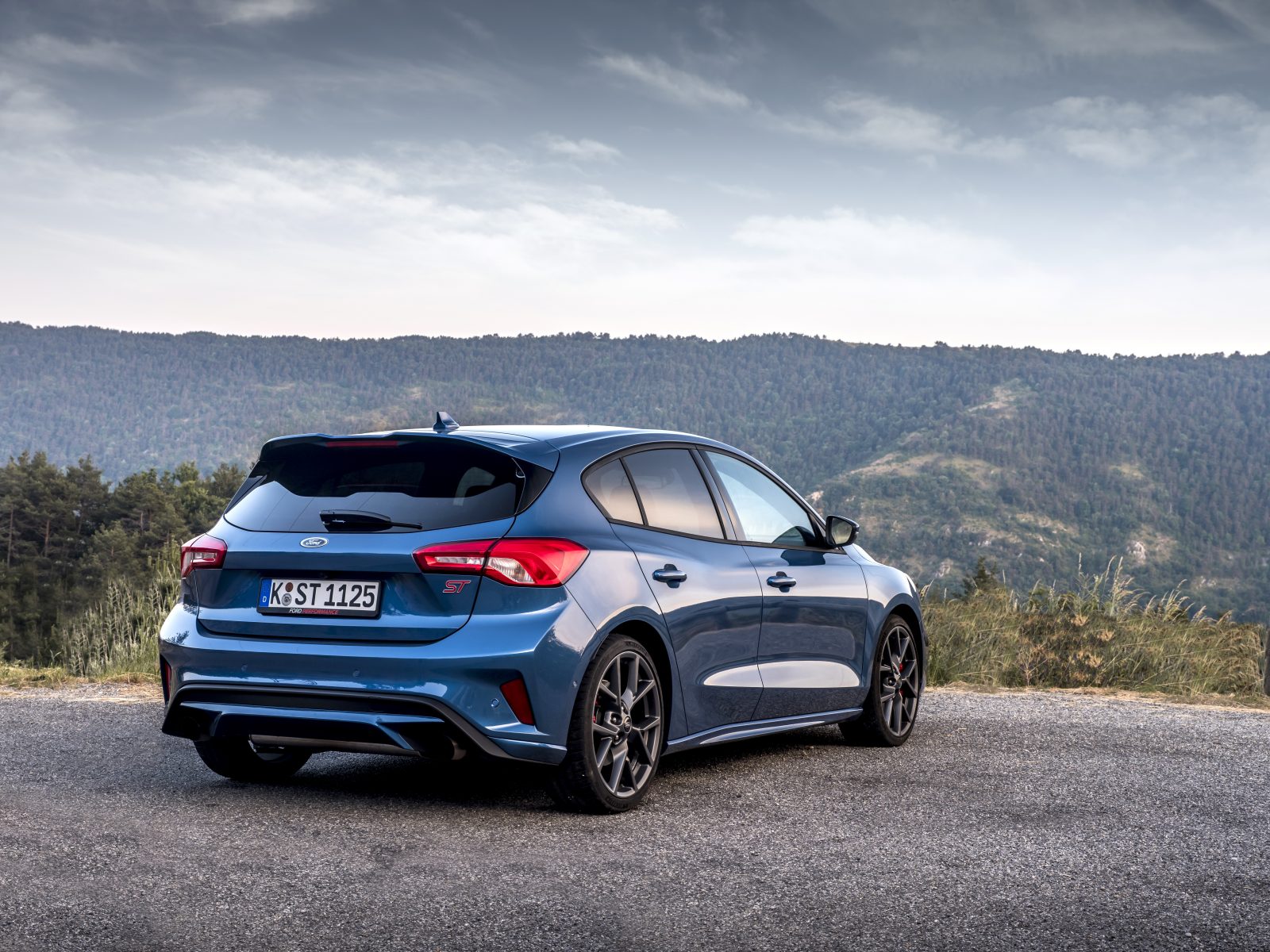
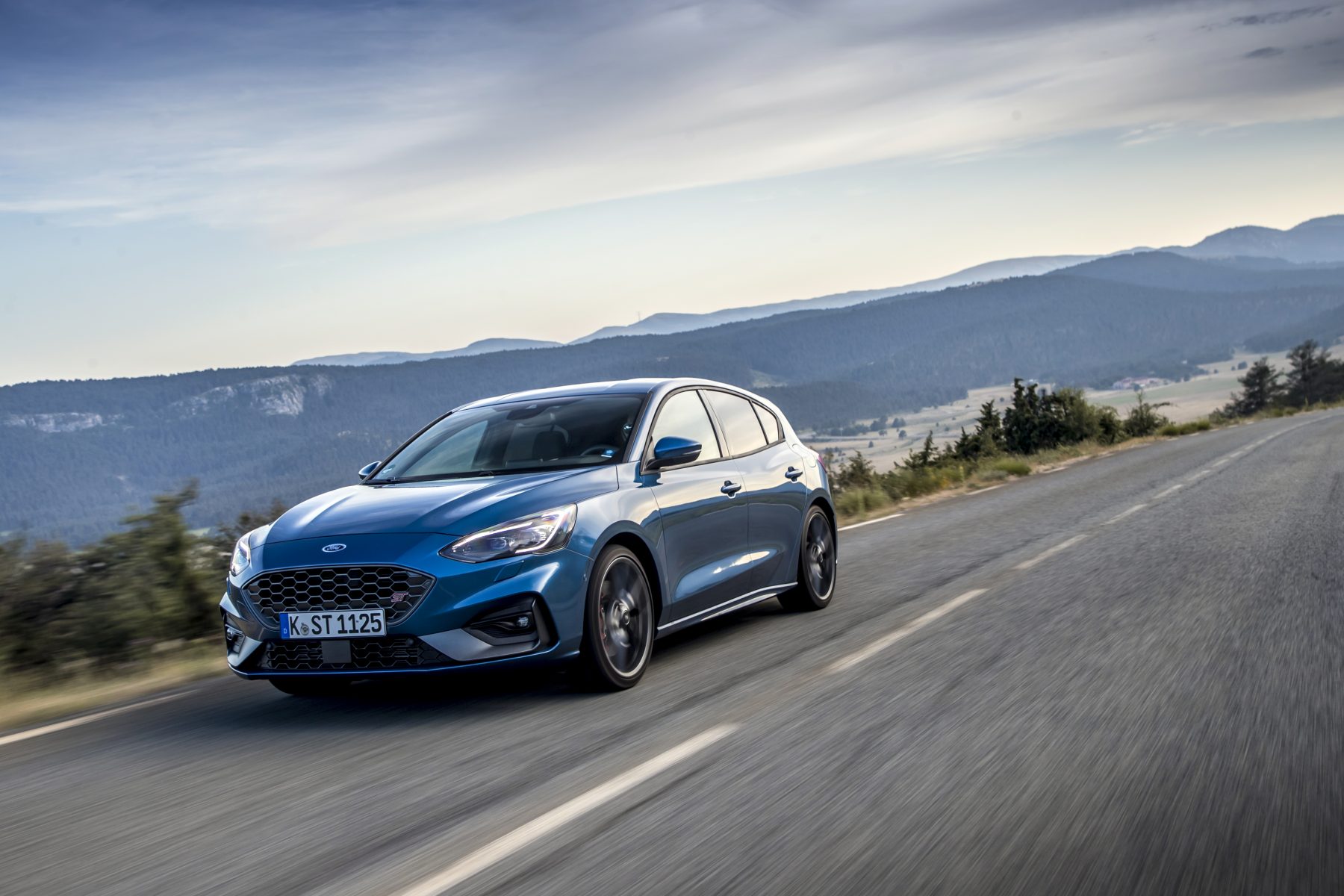
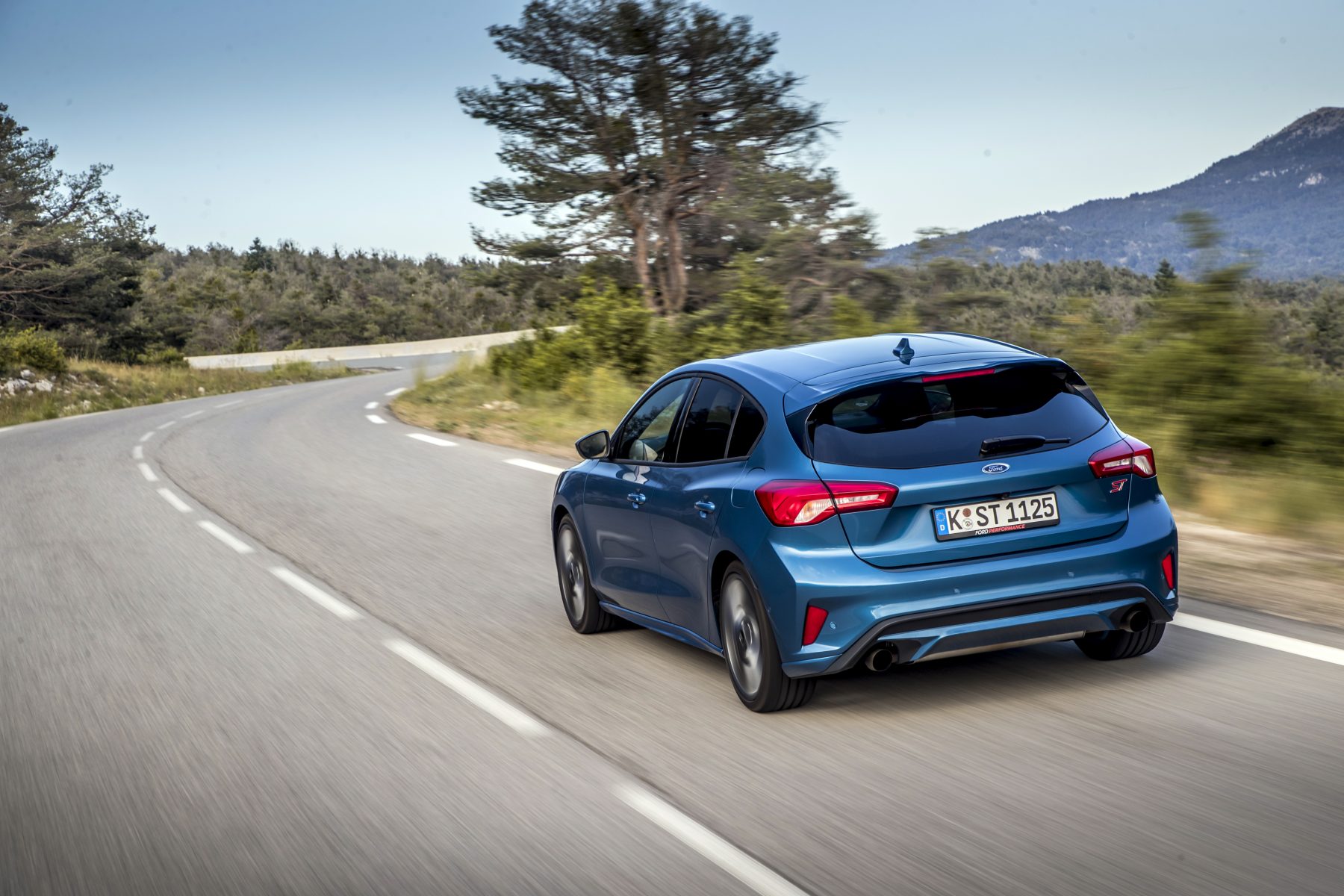
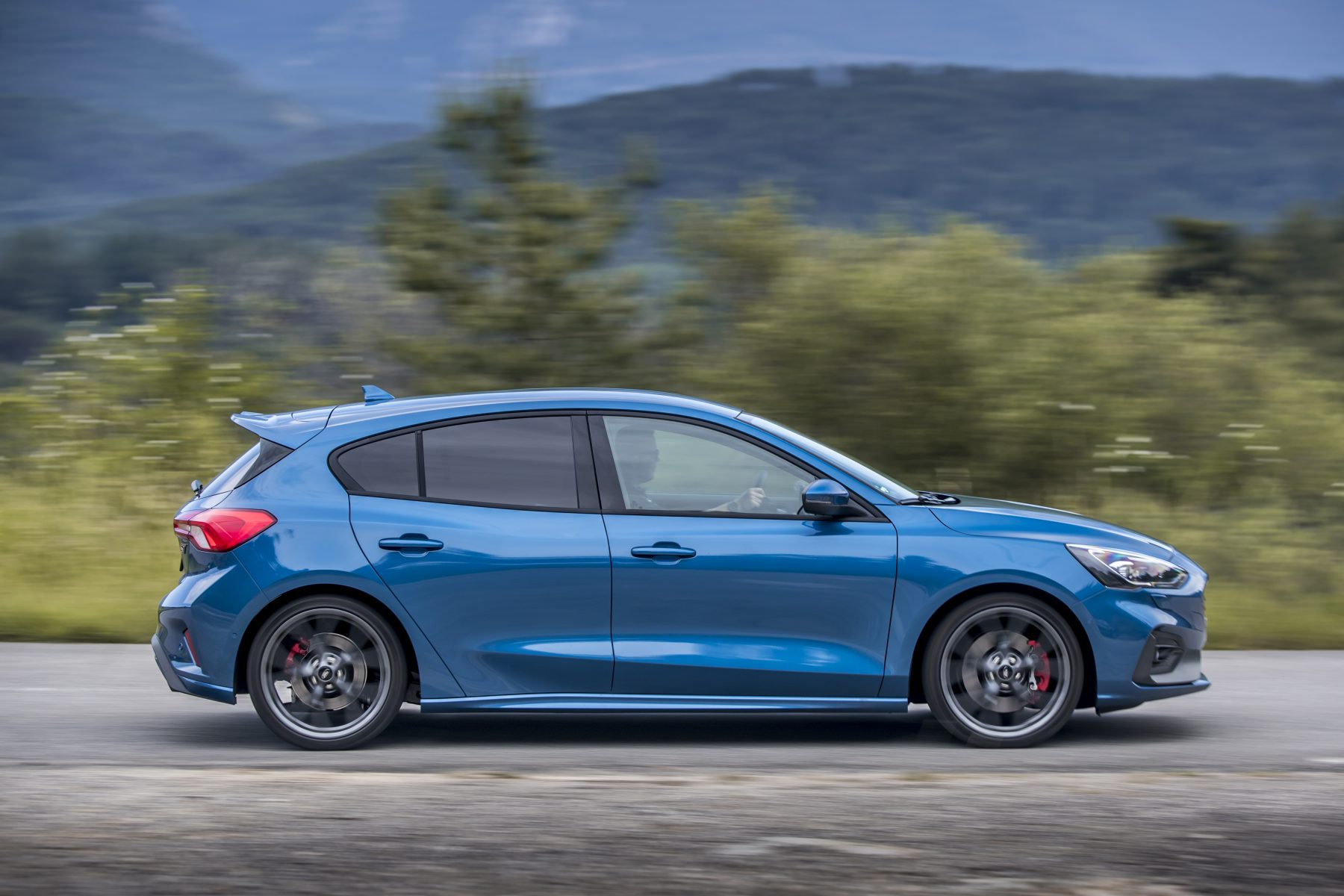

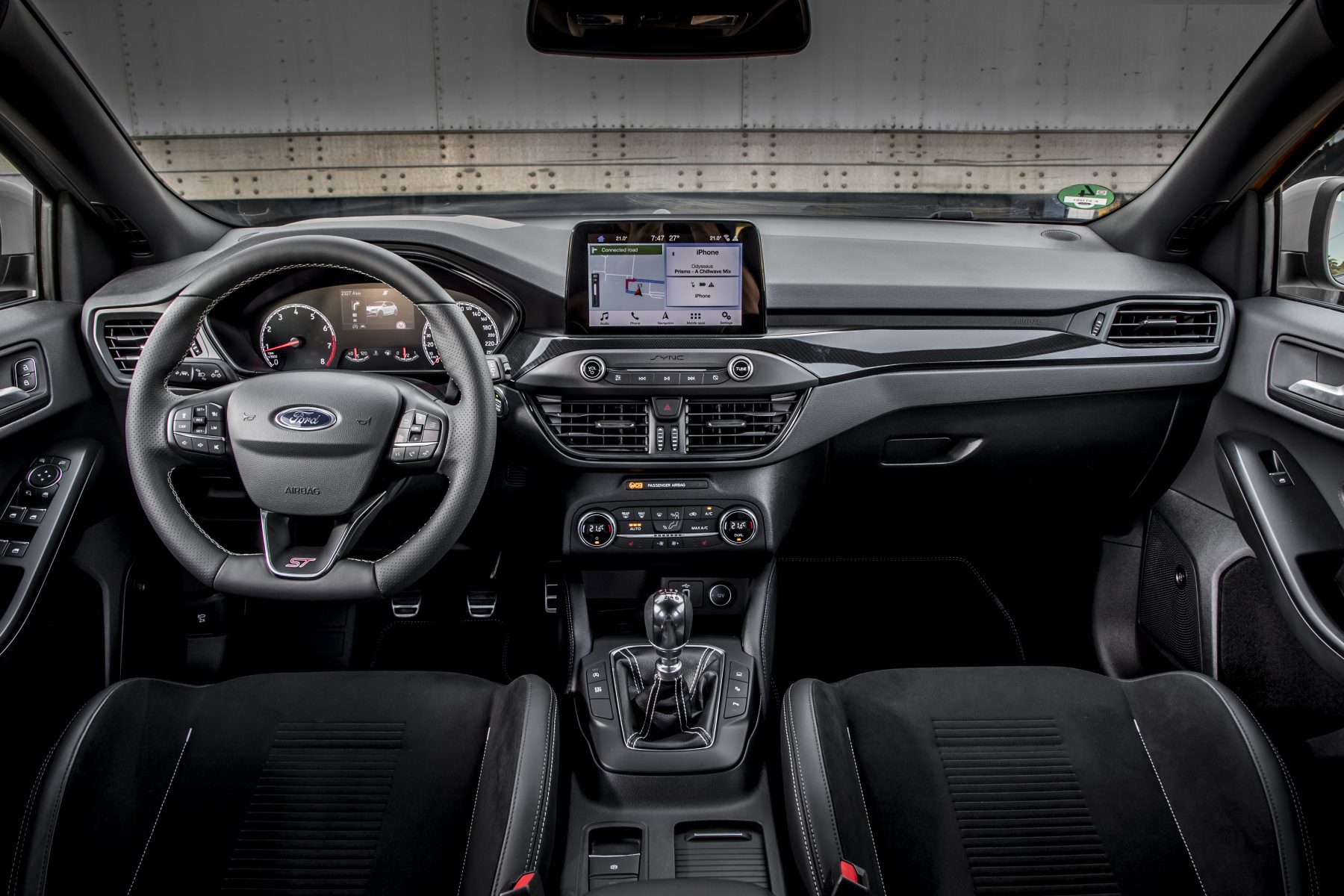
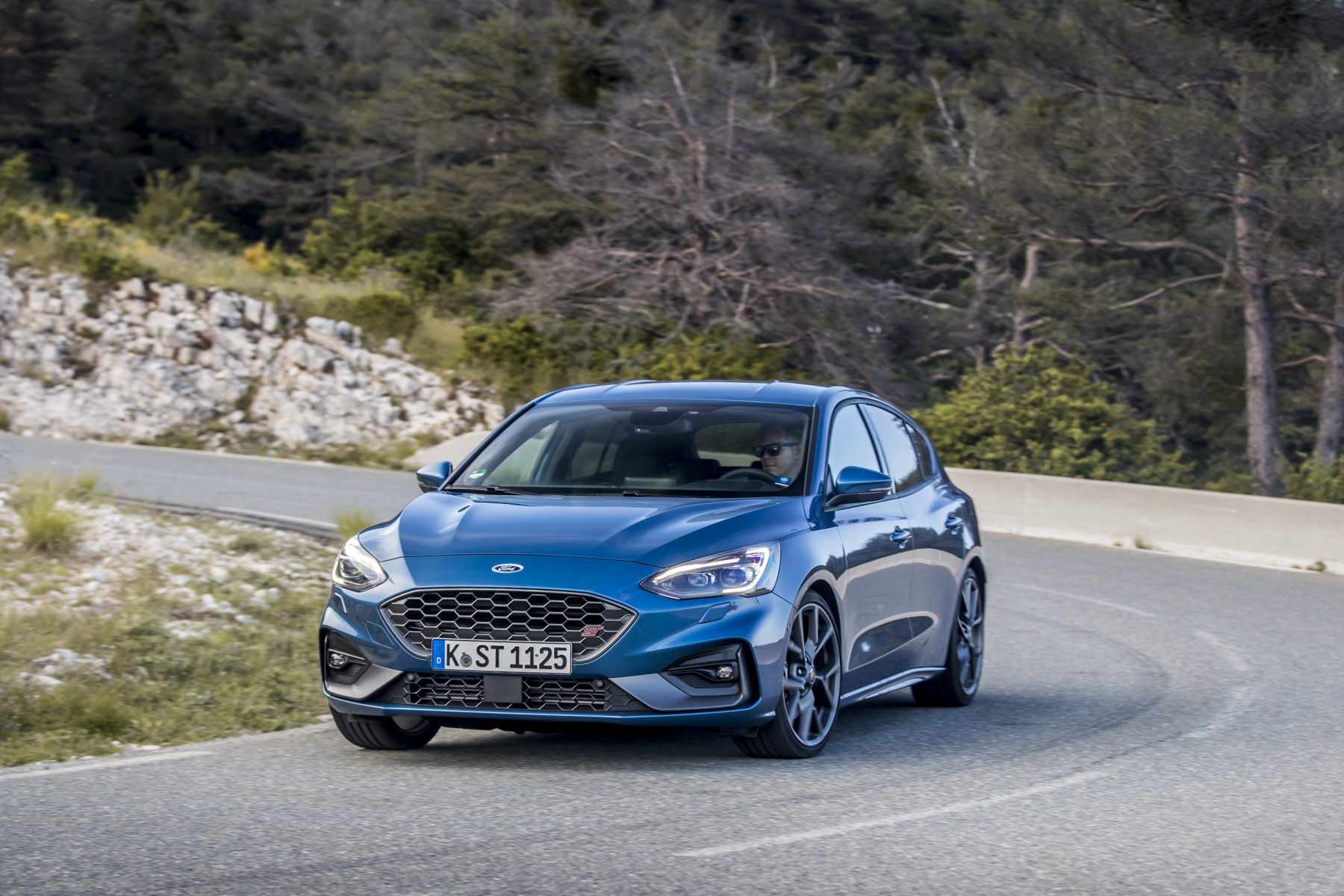

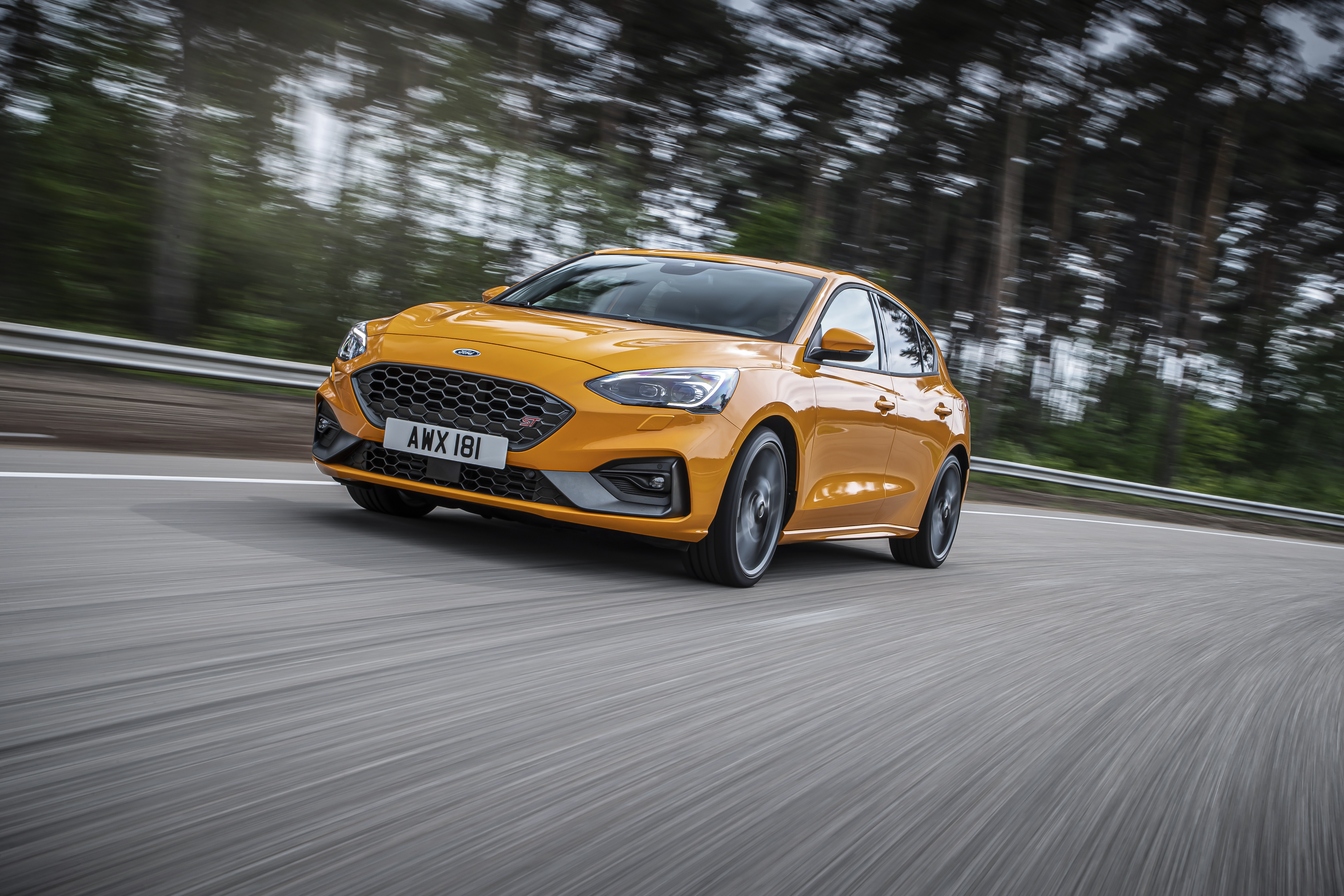
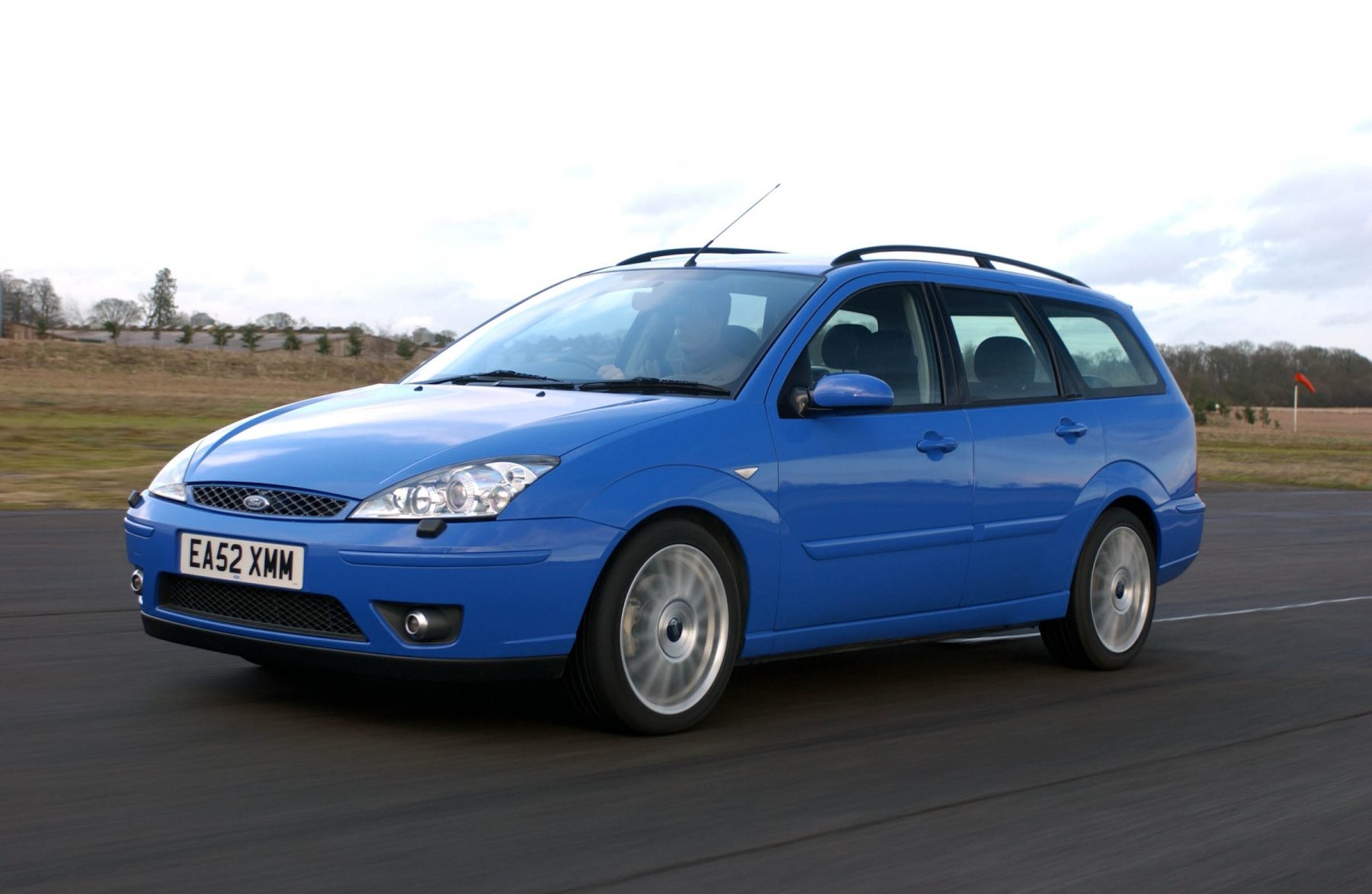
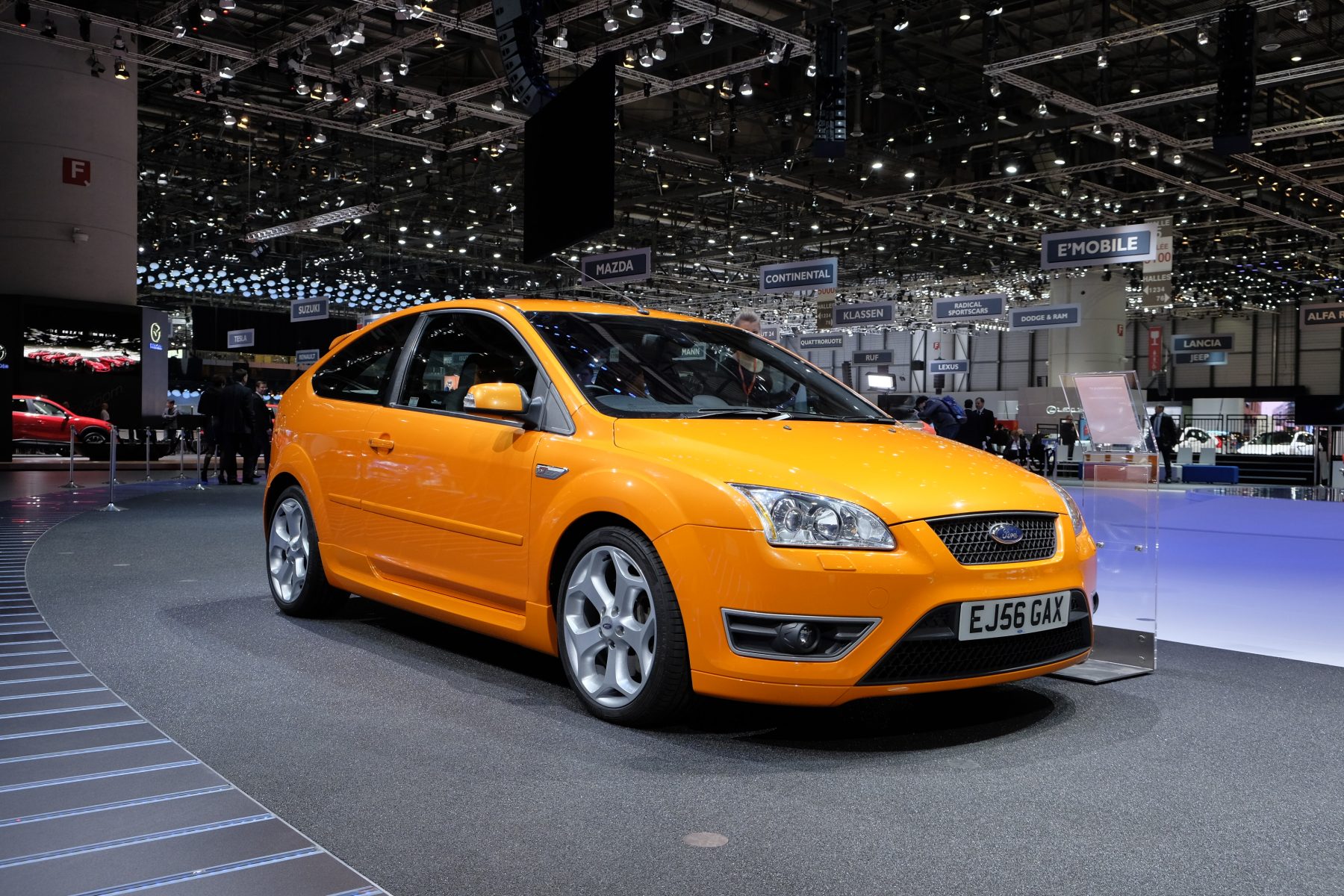
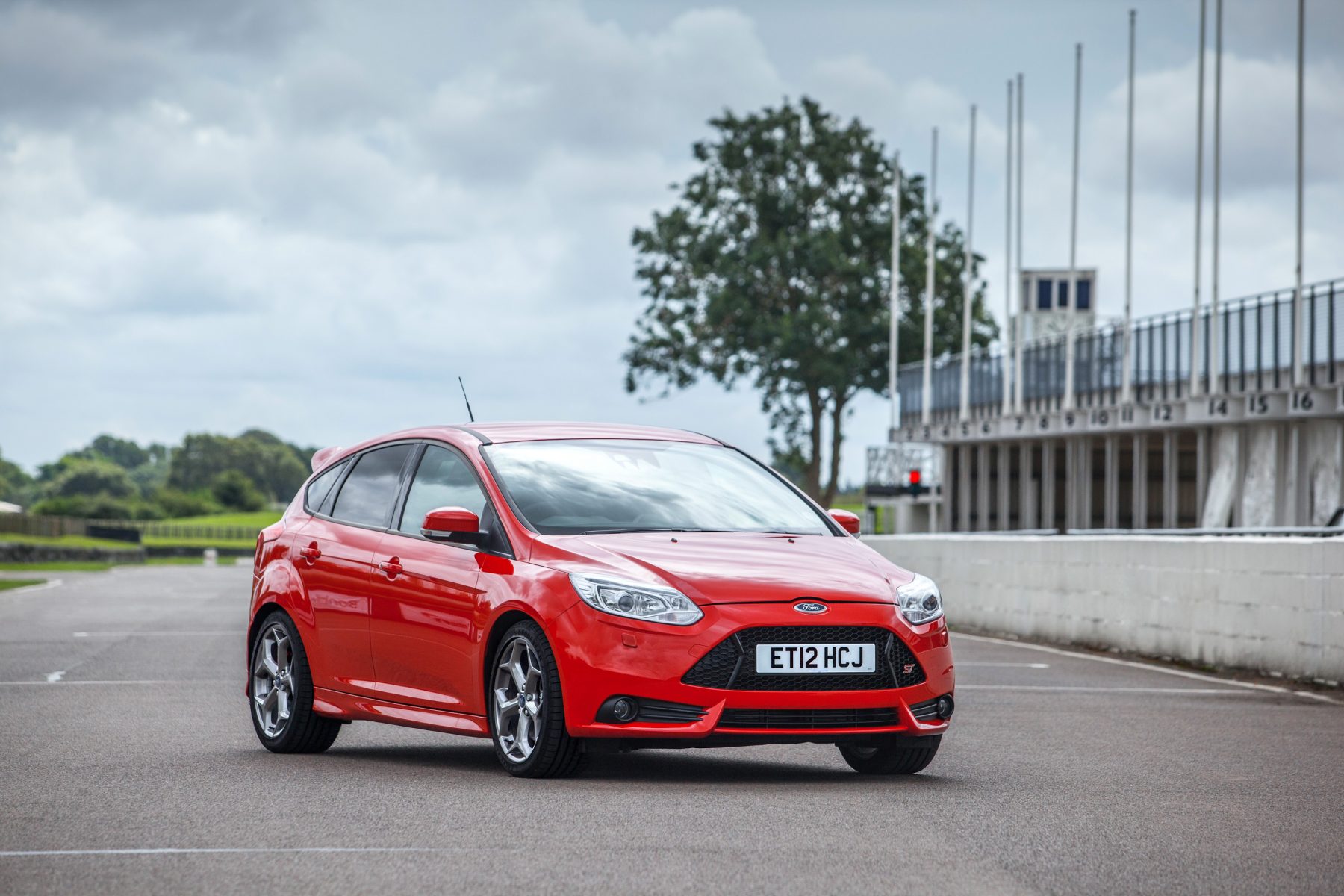
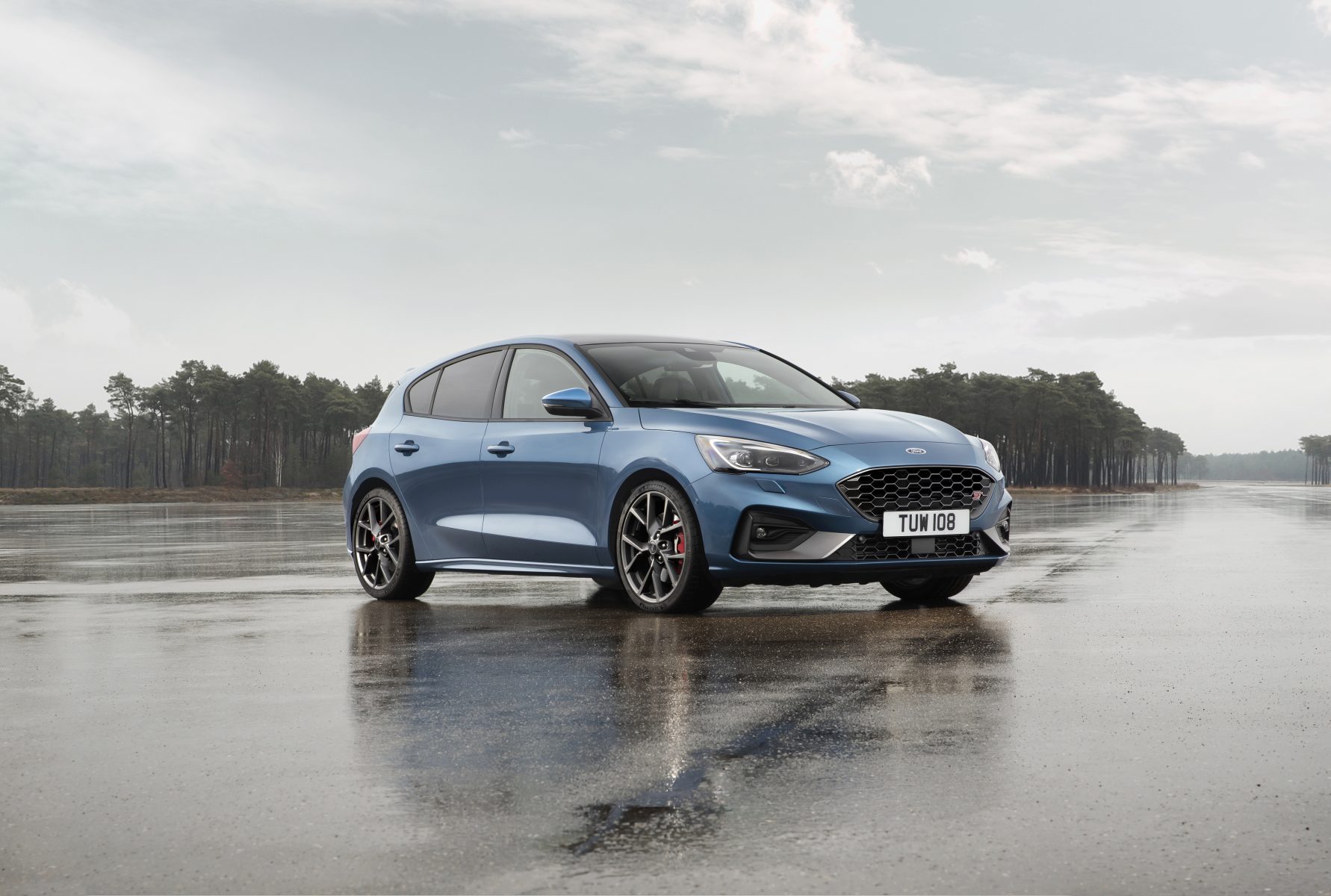
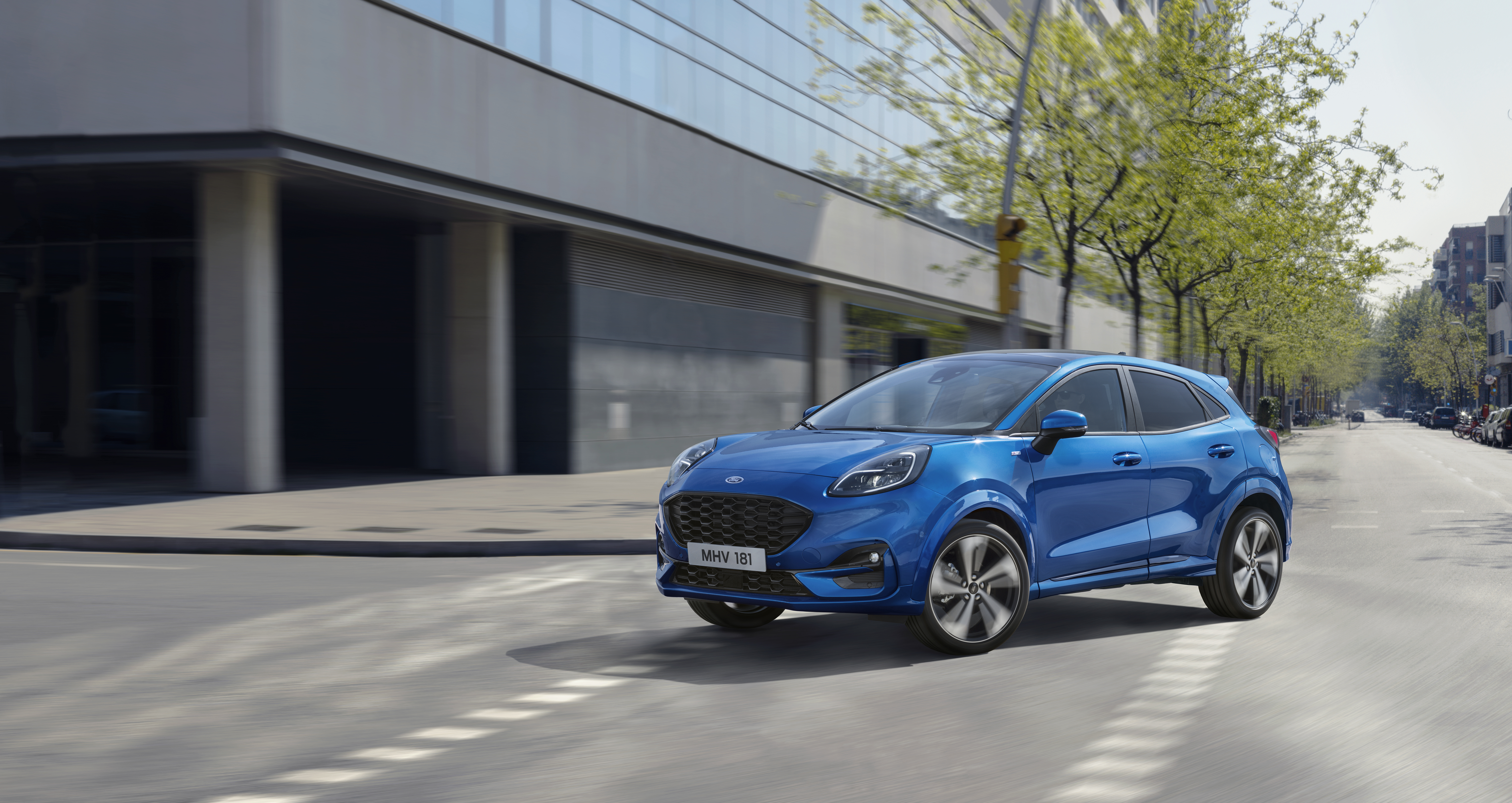
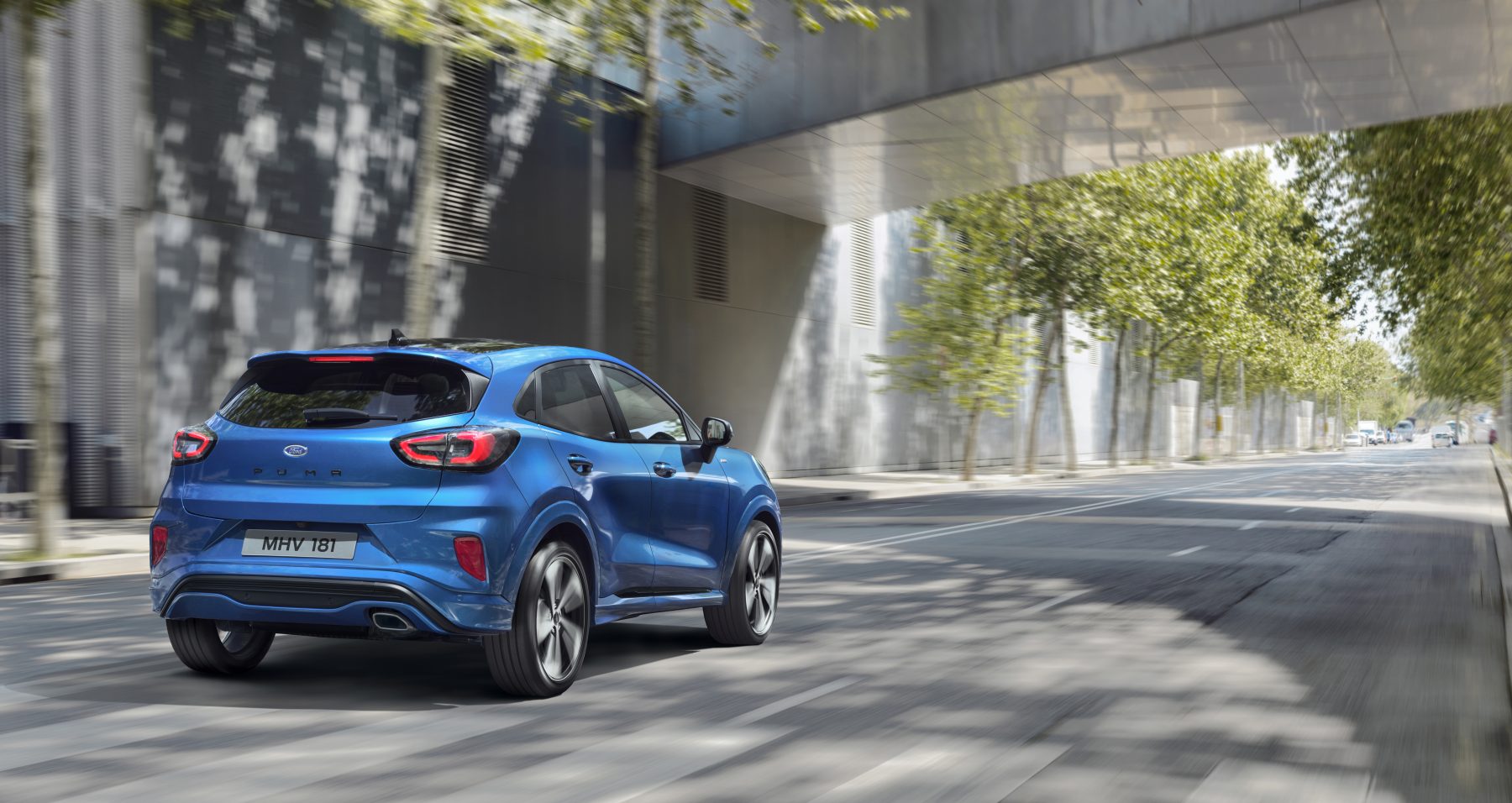
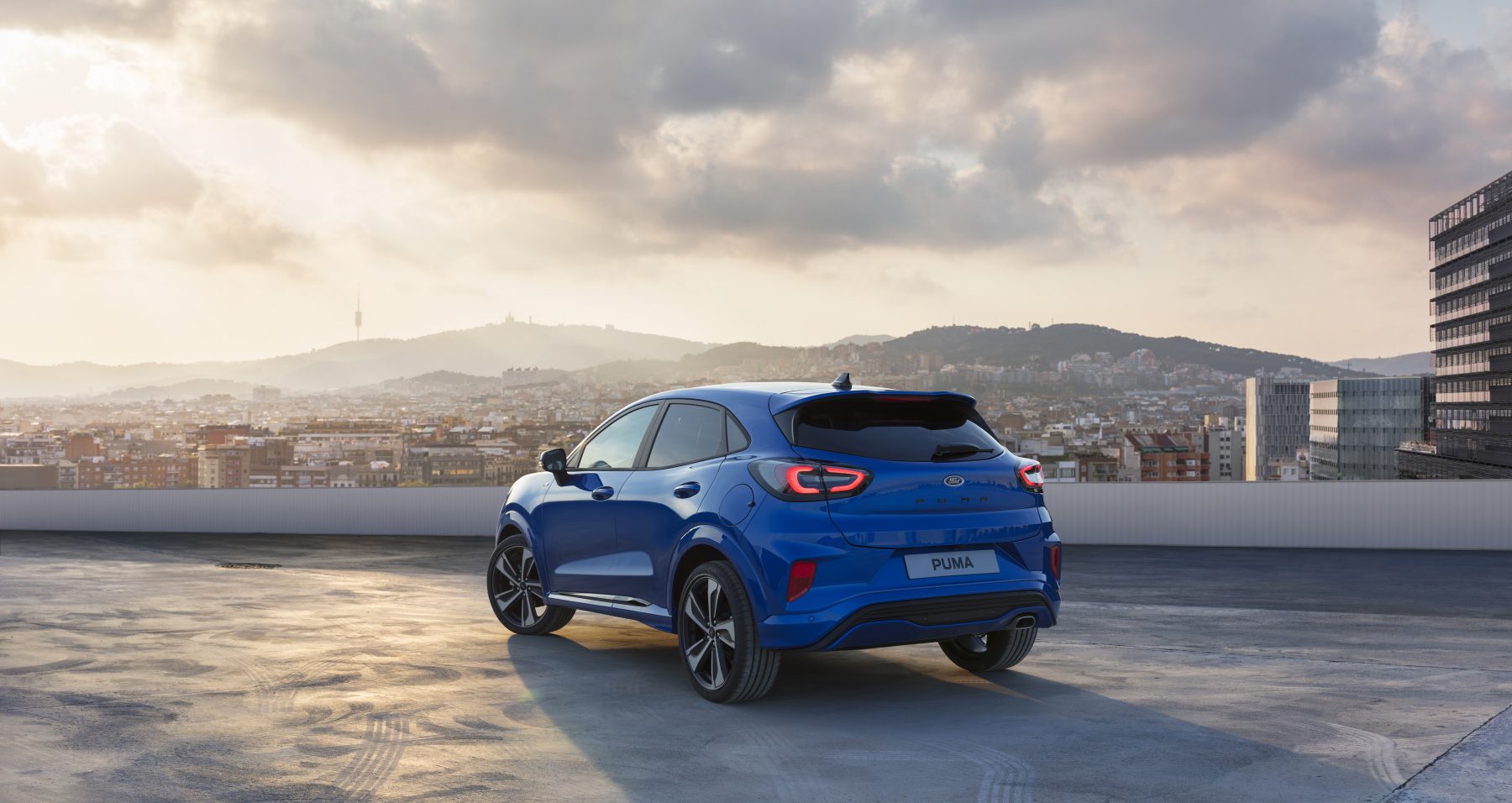
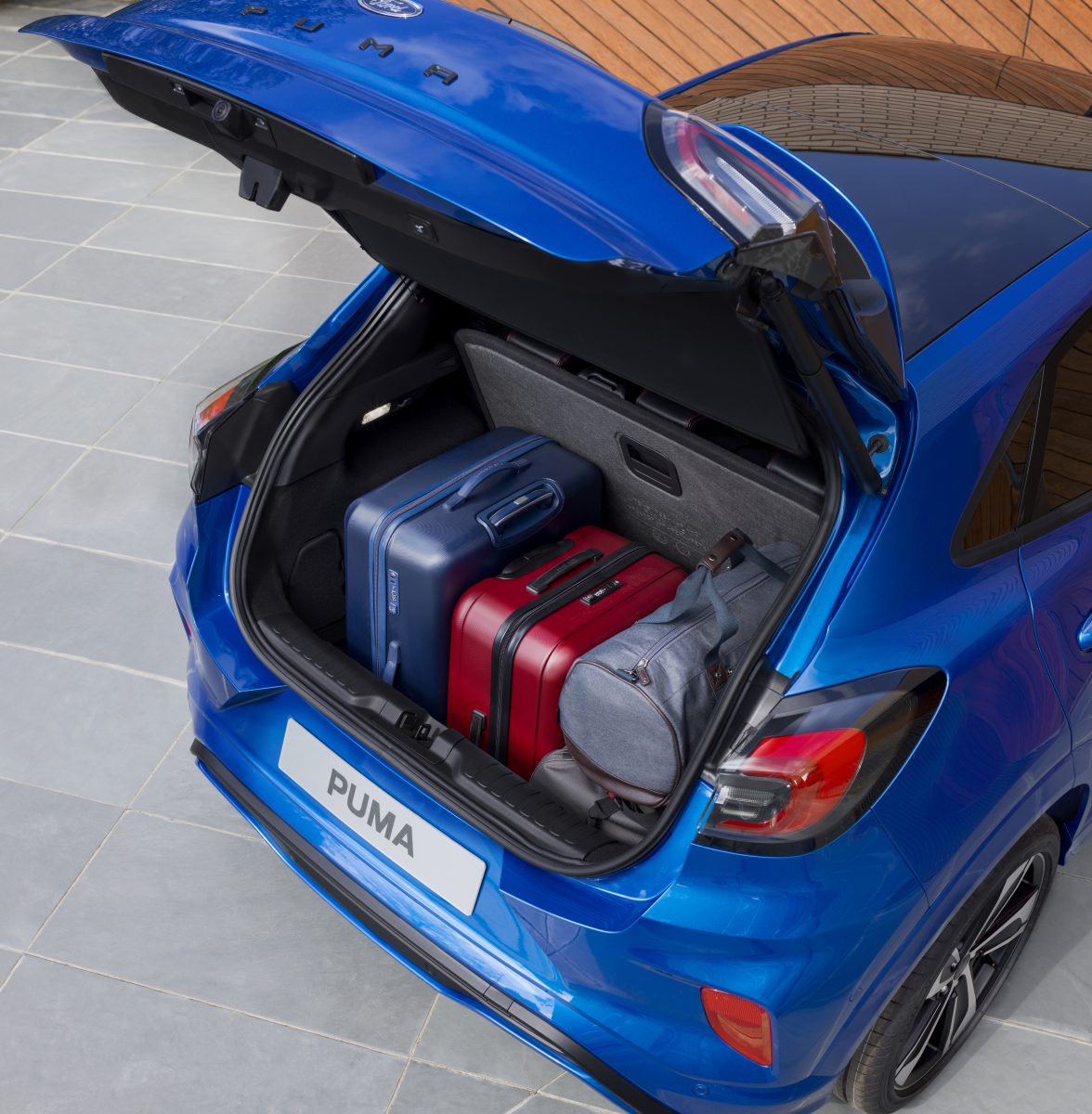
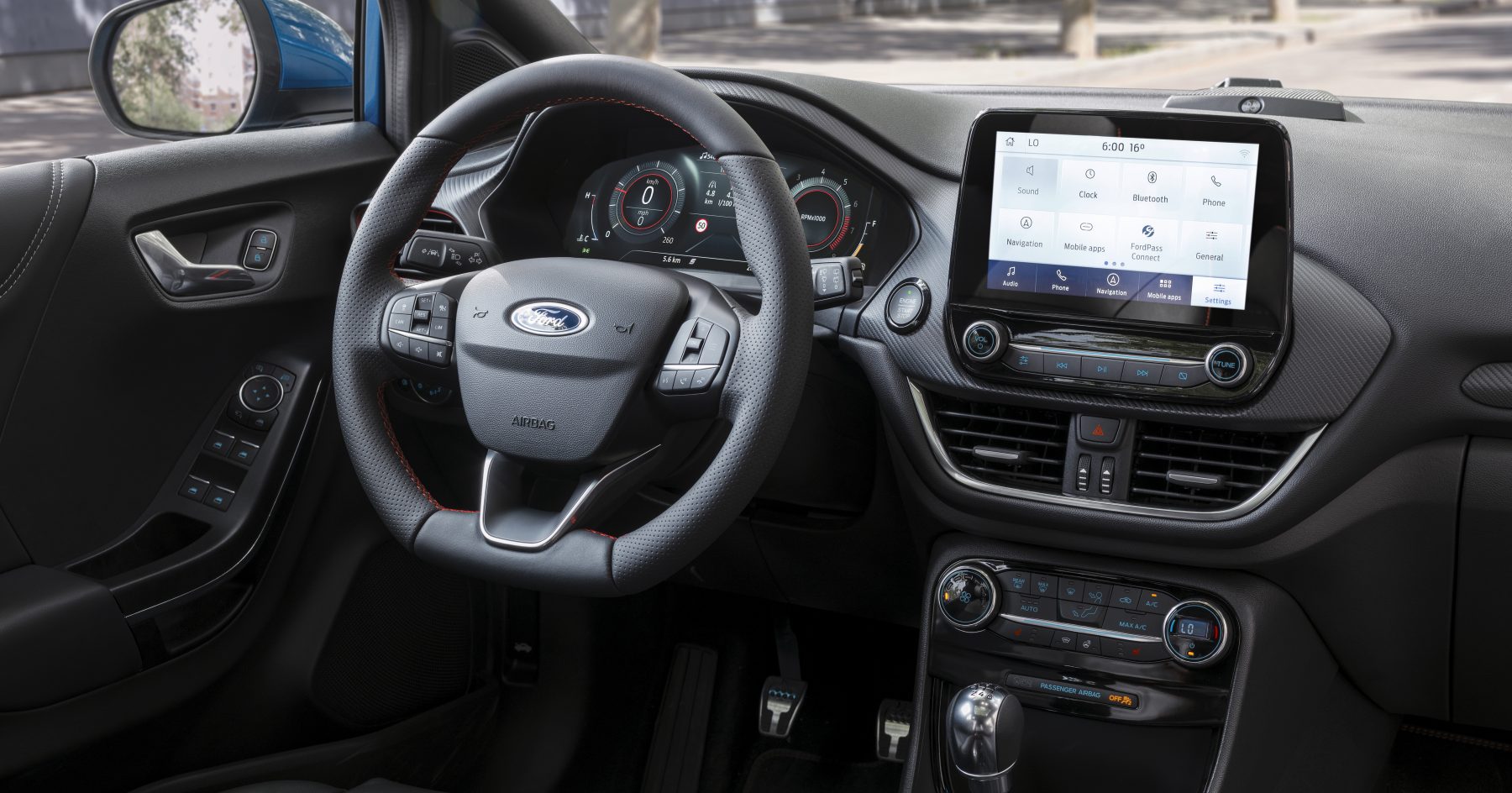
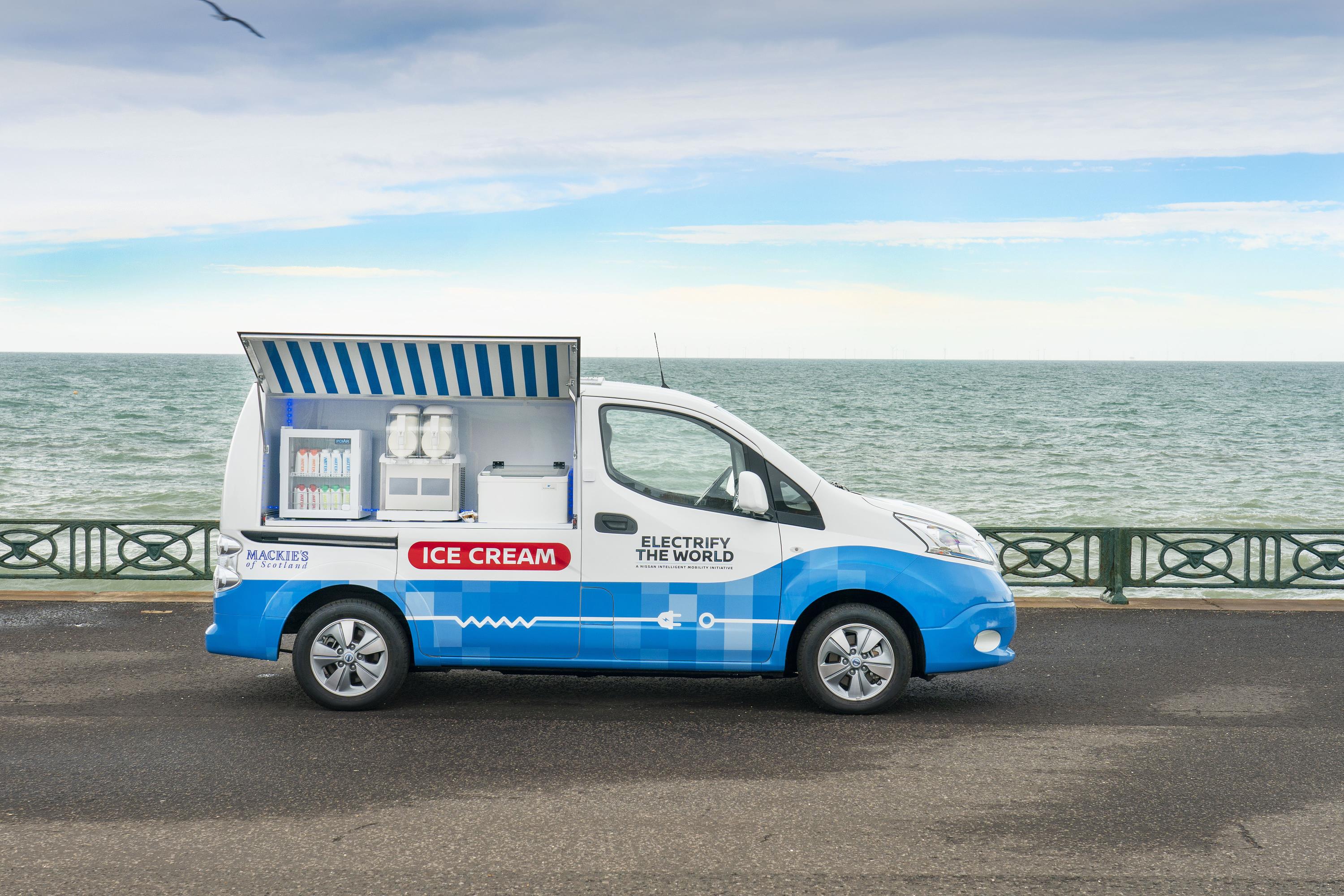

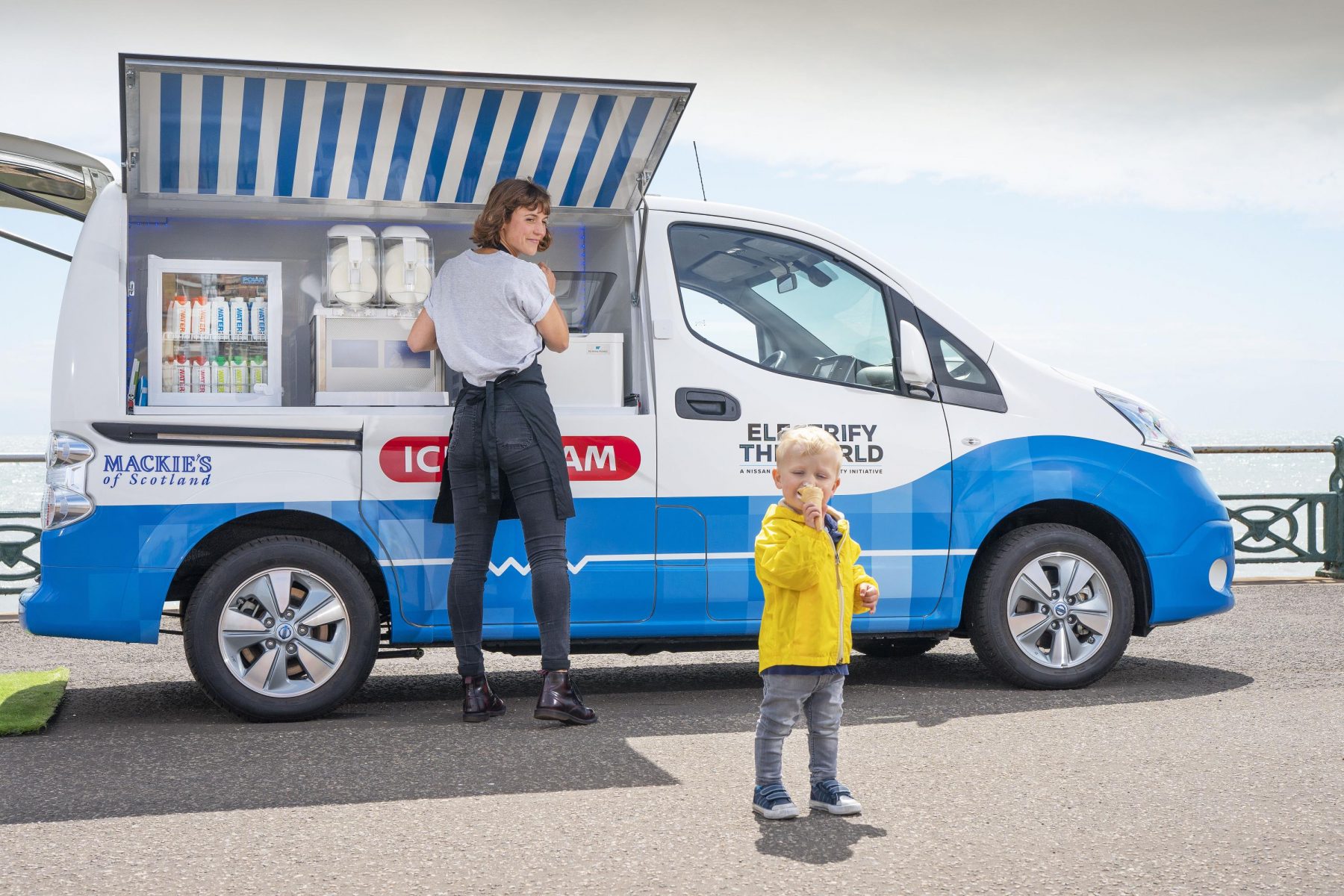
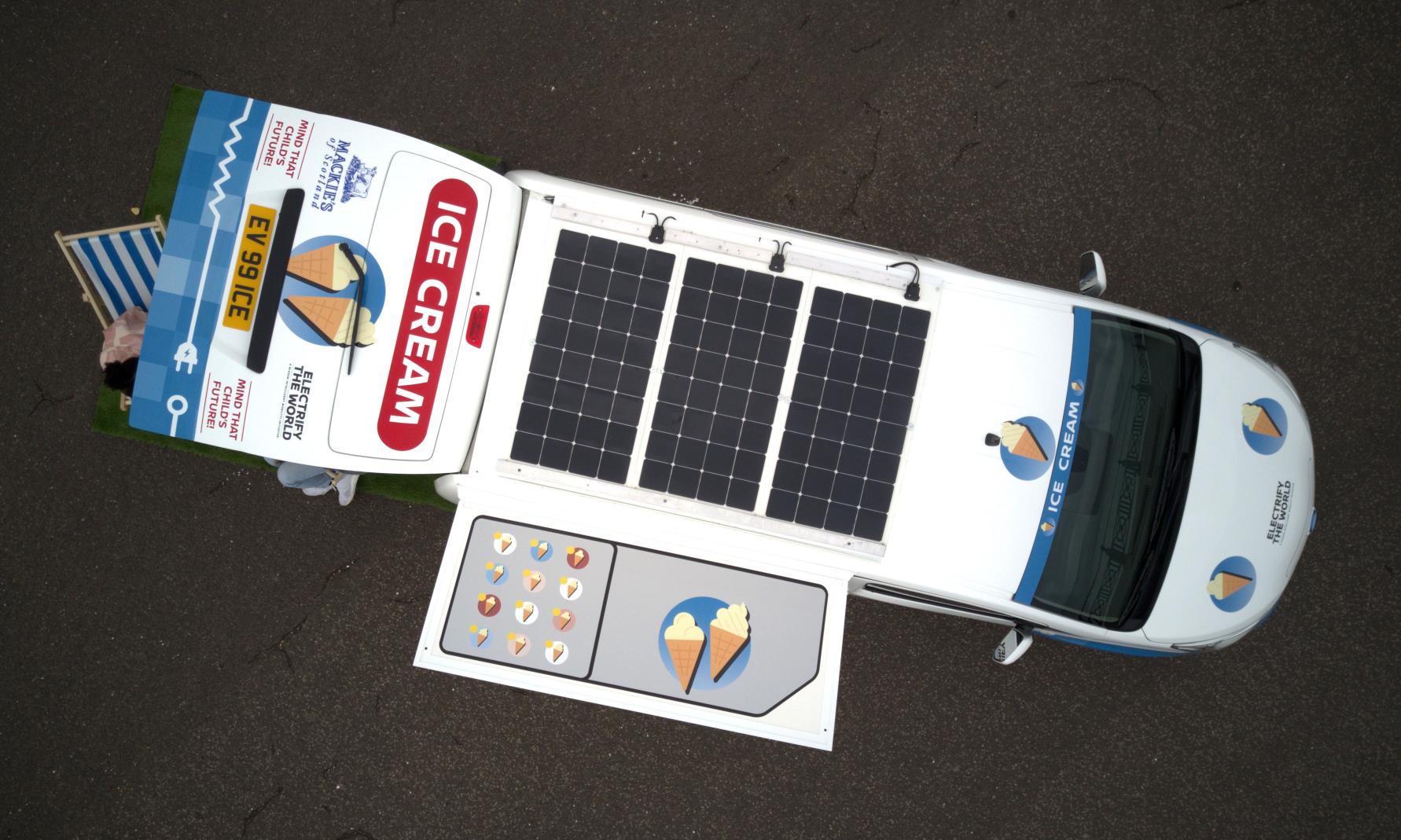
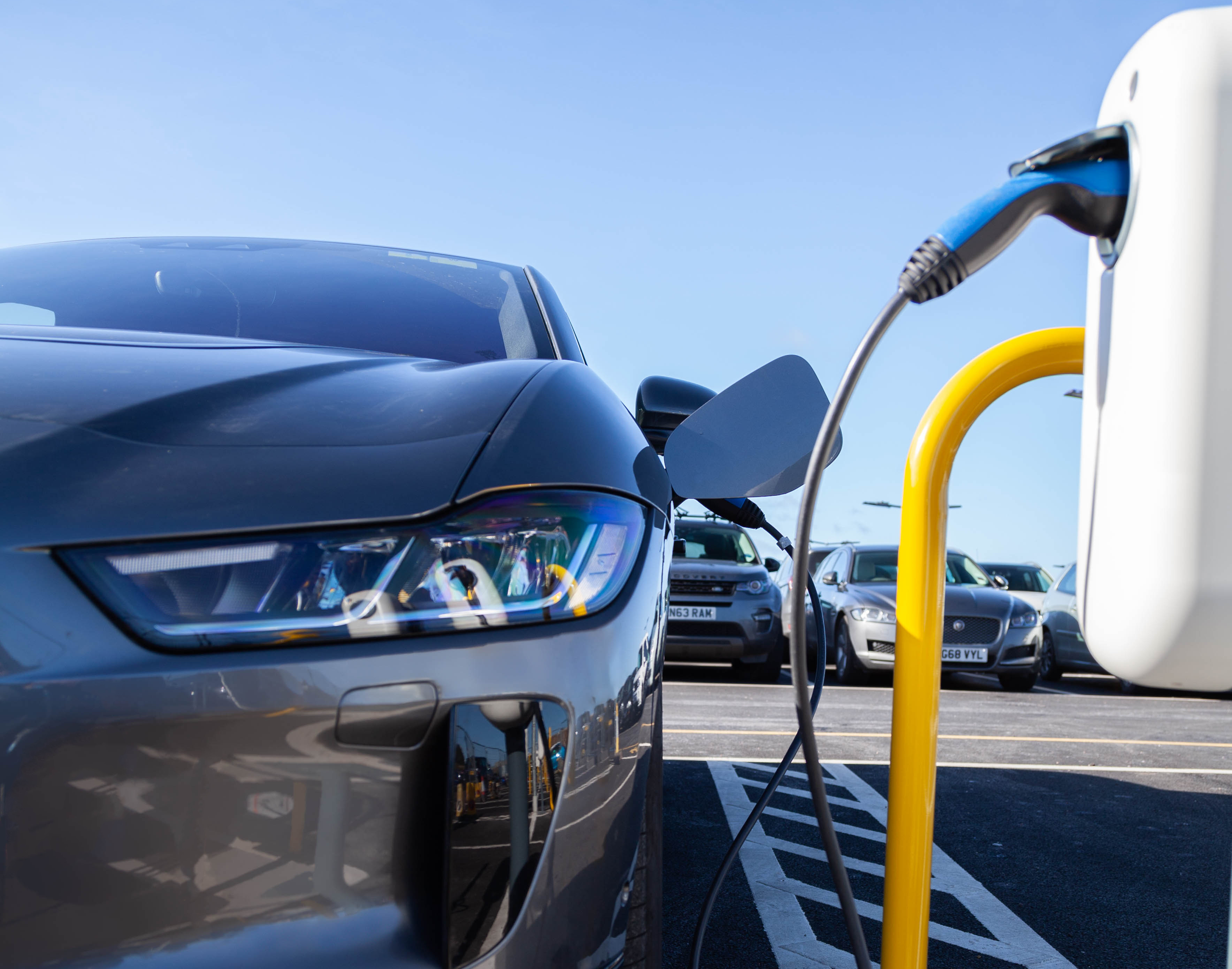
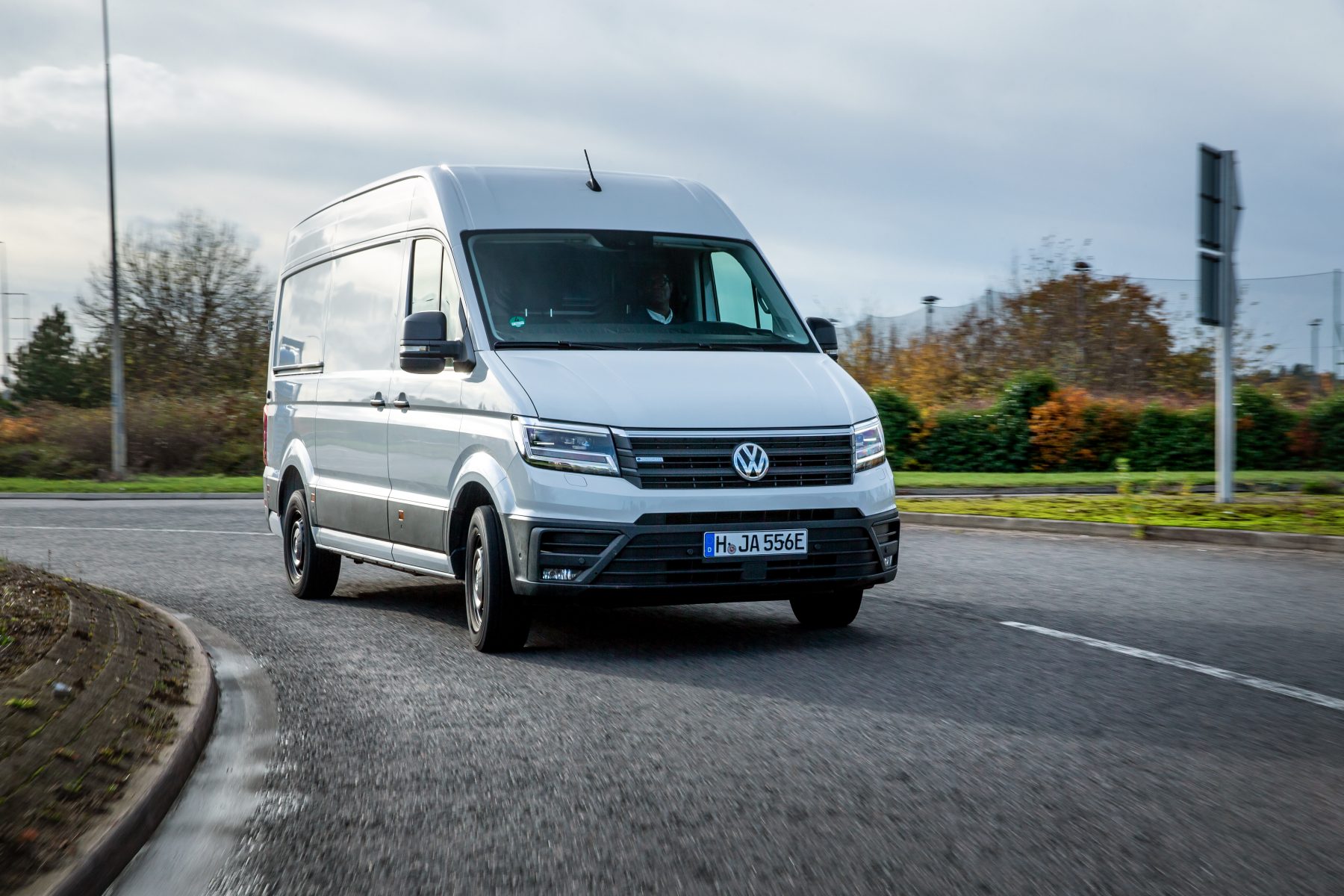 The plug-in grant doesn’t just apply to cars, it’s also applicable for vans, motorcycles, mopeds and taxis, so long as their official emissions figures fall under the amount specified in the legislation.
The plug-in grant doesn’t just apply to cars, it’s also applicable for vans, motorcycles, mopeds and taxis, so long as their official emissions figures fall under the amount specified in the legislation.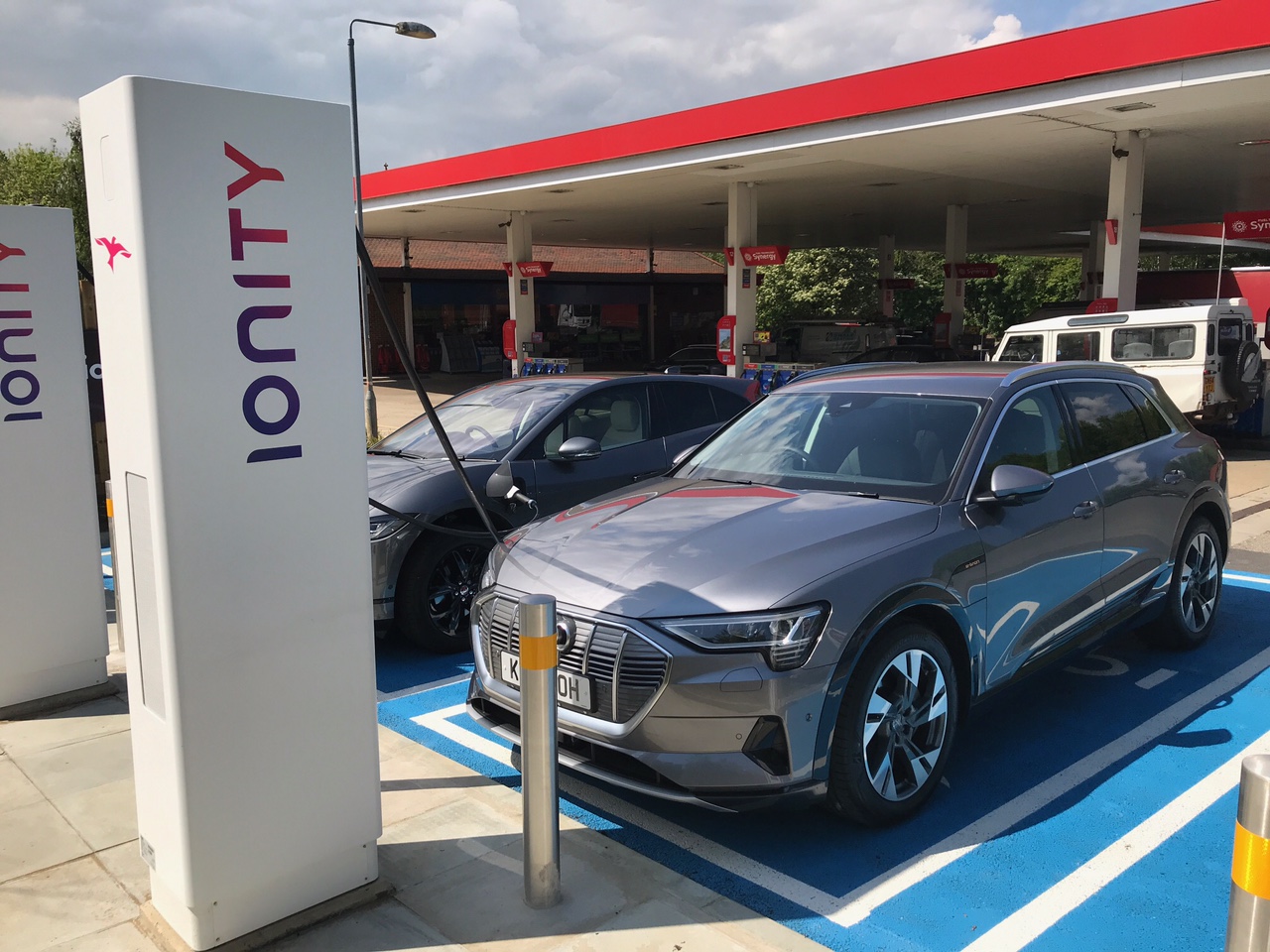 The criteria required for a vehicle to be eligible for the grant is different depending on the type of vehicle. For cars and taxis, they must emit less than 50g/km of CO2 and travel at least 70 miles without any emissions at all.
The criteria required for a vehicle to be eligible for the grant is different depending on the type of vehicle. For cars and taxis, they must emit less than 50g/km of CO2 and travel at least 70 miles without any emissions at all. There are currently 24 cars, 13 motorcycles, 16 mopeds, 11 vans and one taxi eligible for the grant. The full list is available on the government’s website.
There are currently 24 cars, 13 motorcycles, 16 mopeds, 11 vans and one taxi eligible for the grant. The full list is available on the government’s website.
